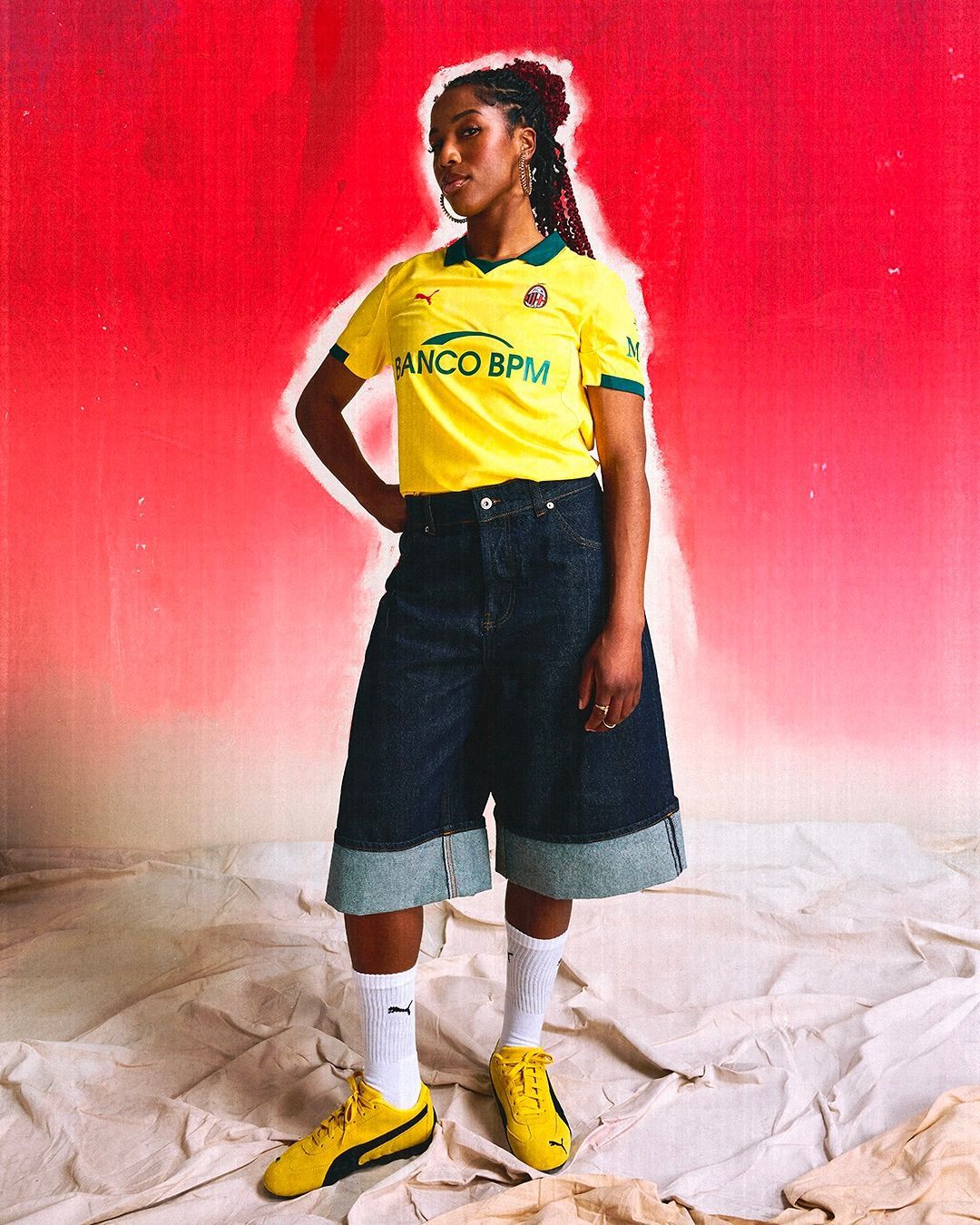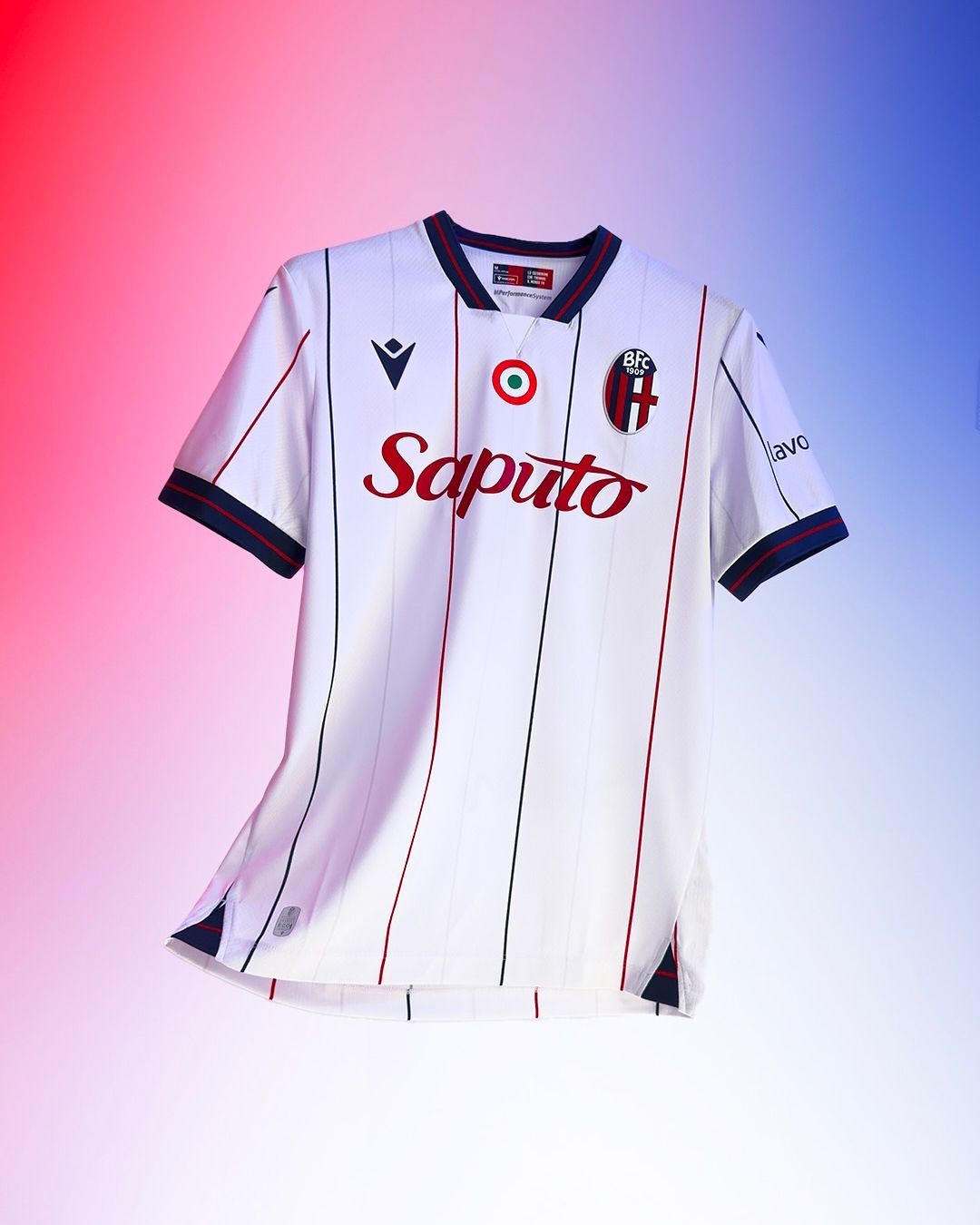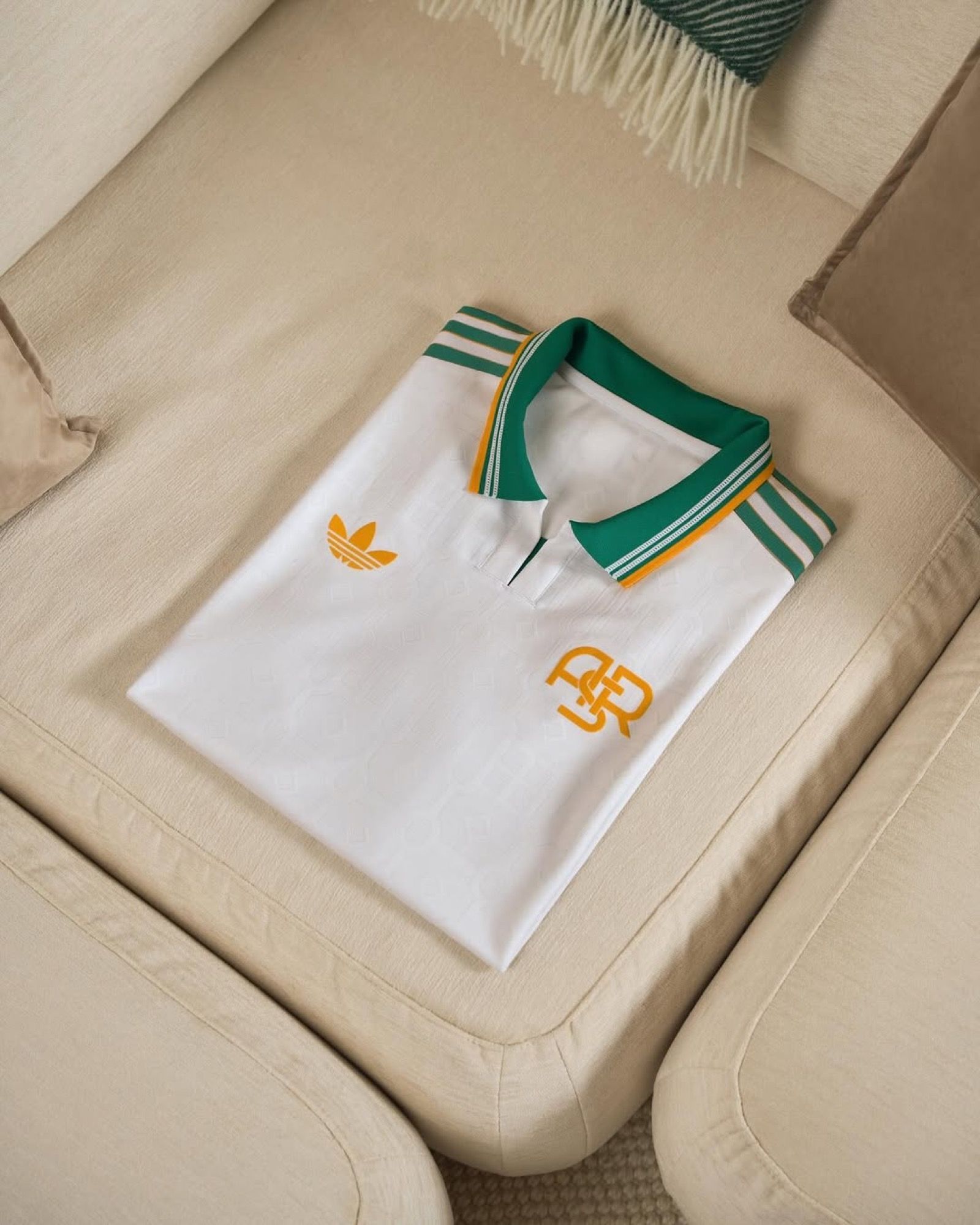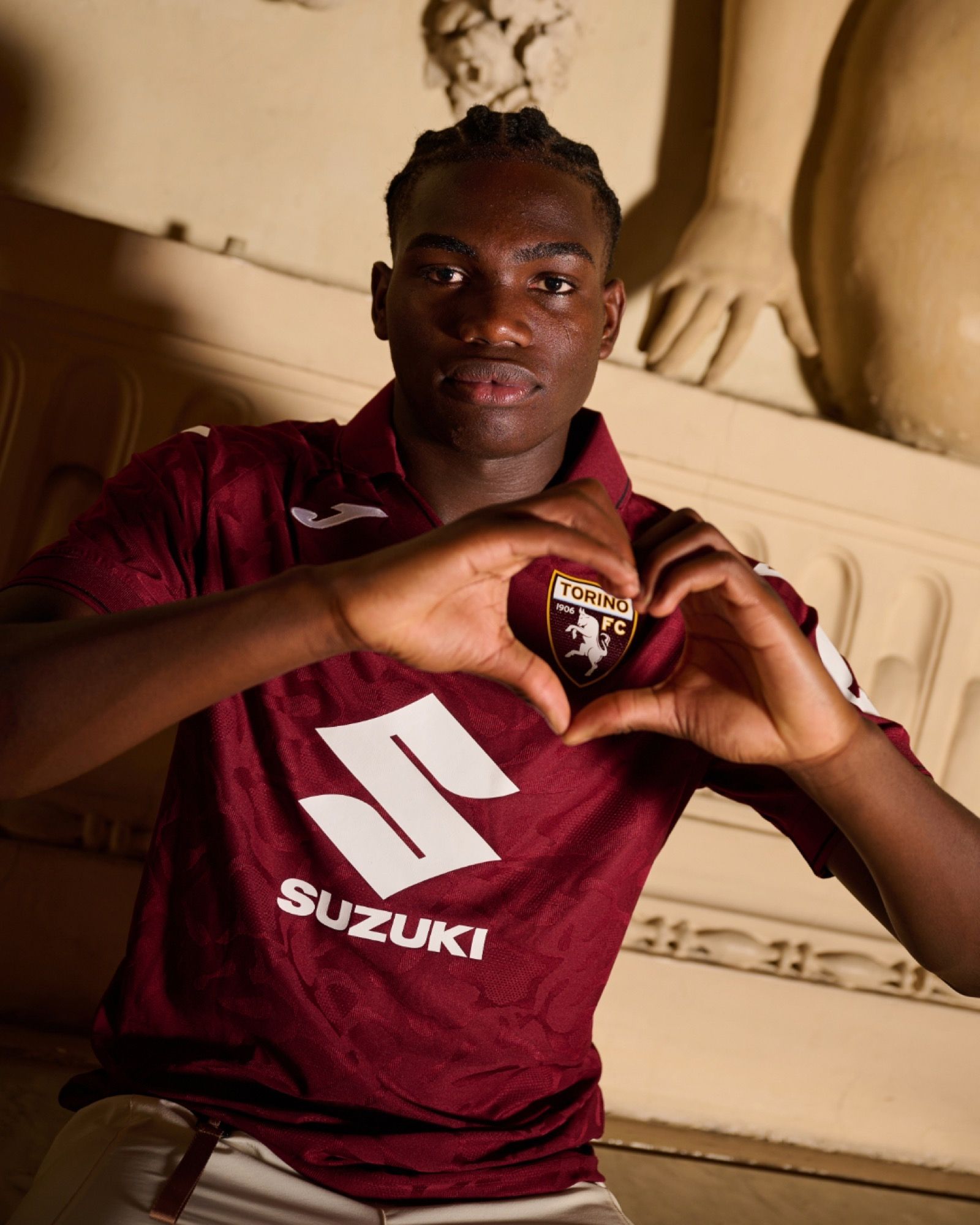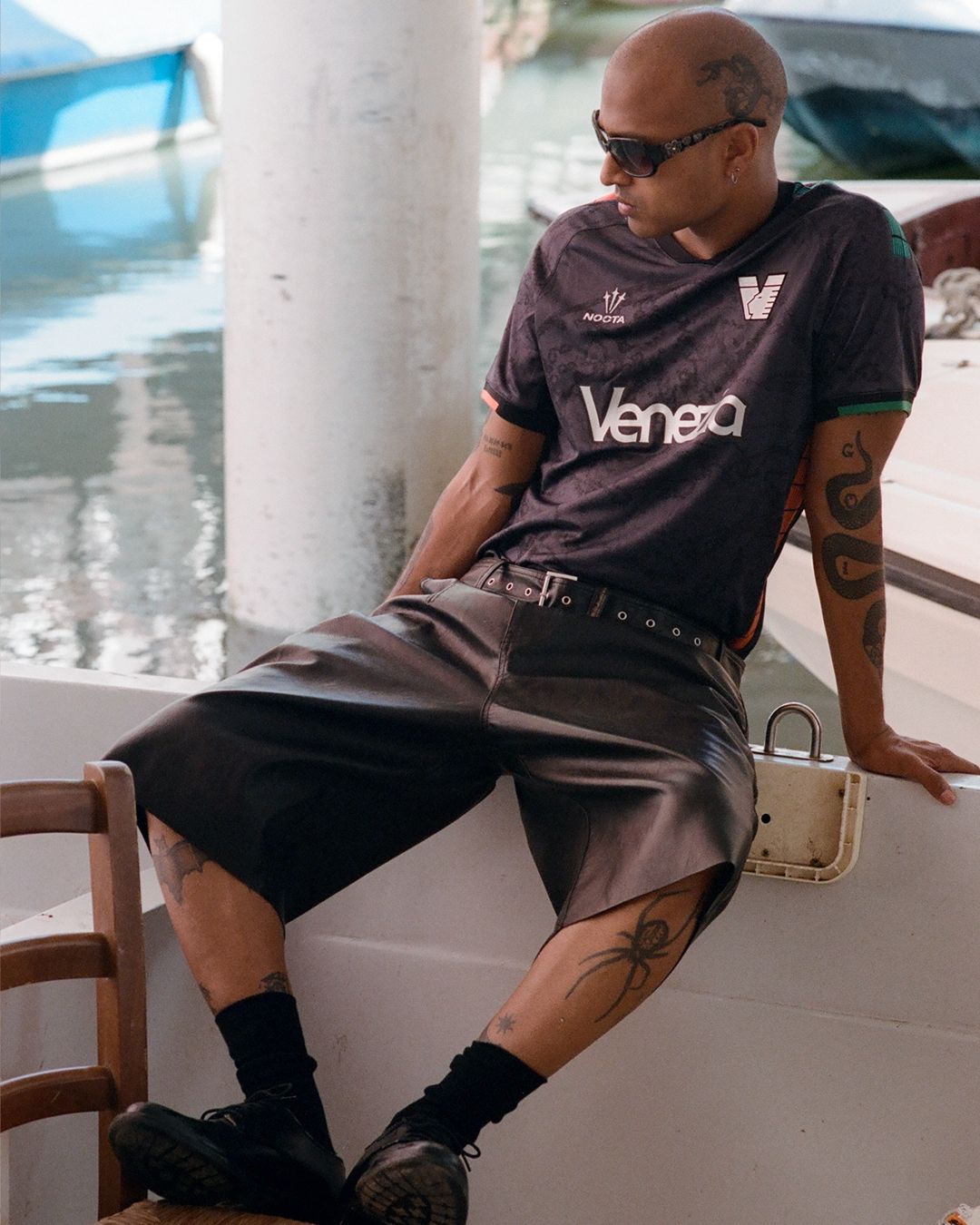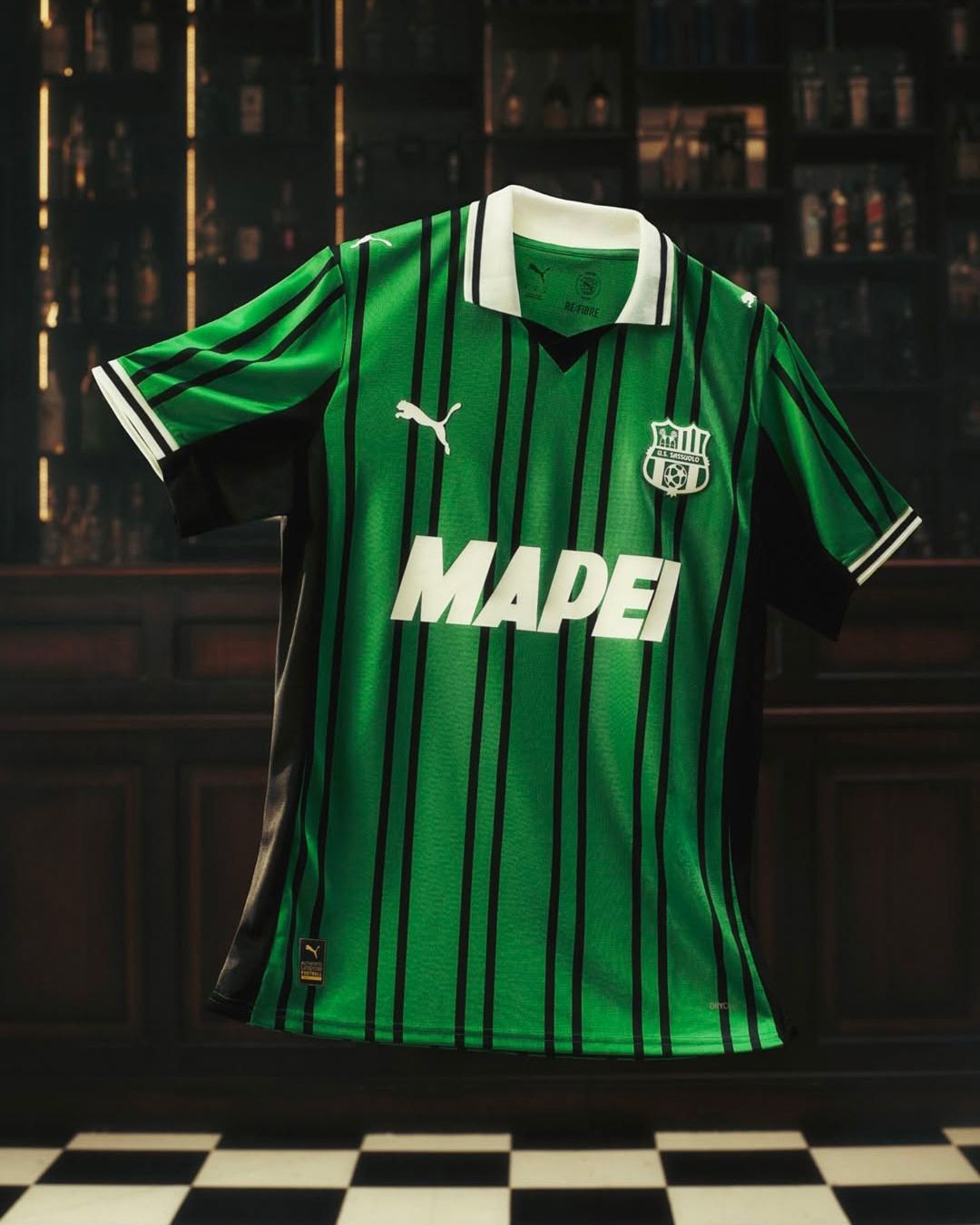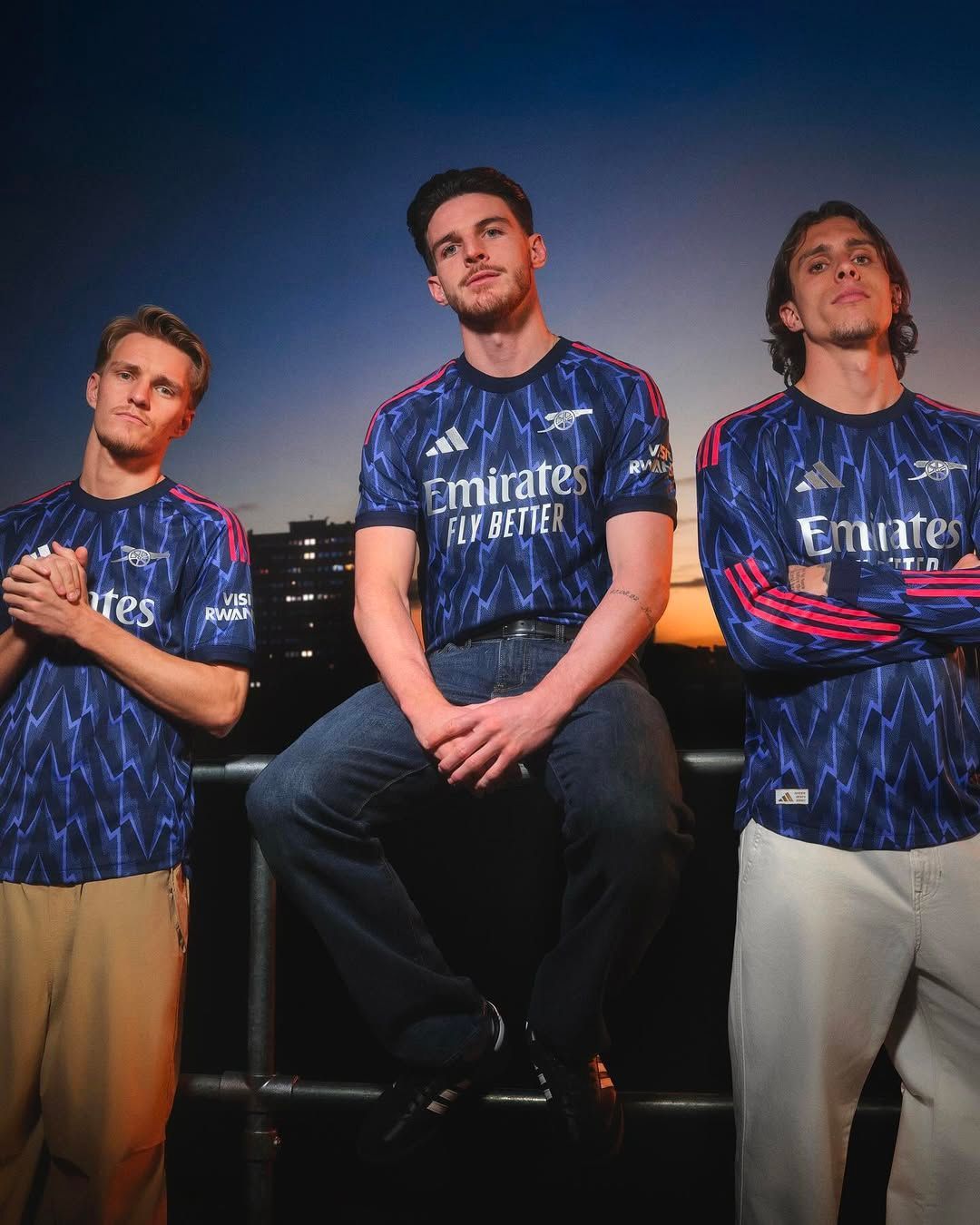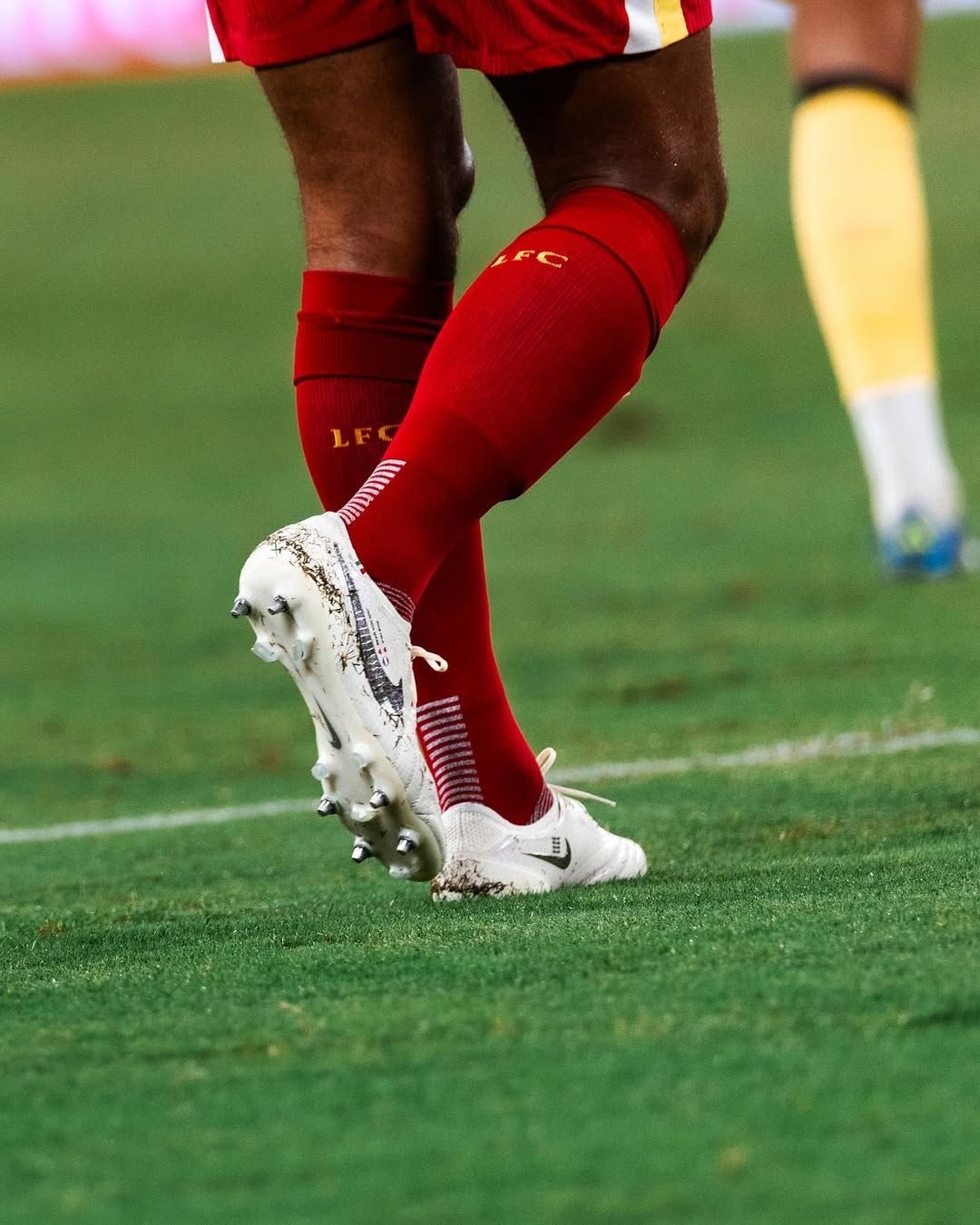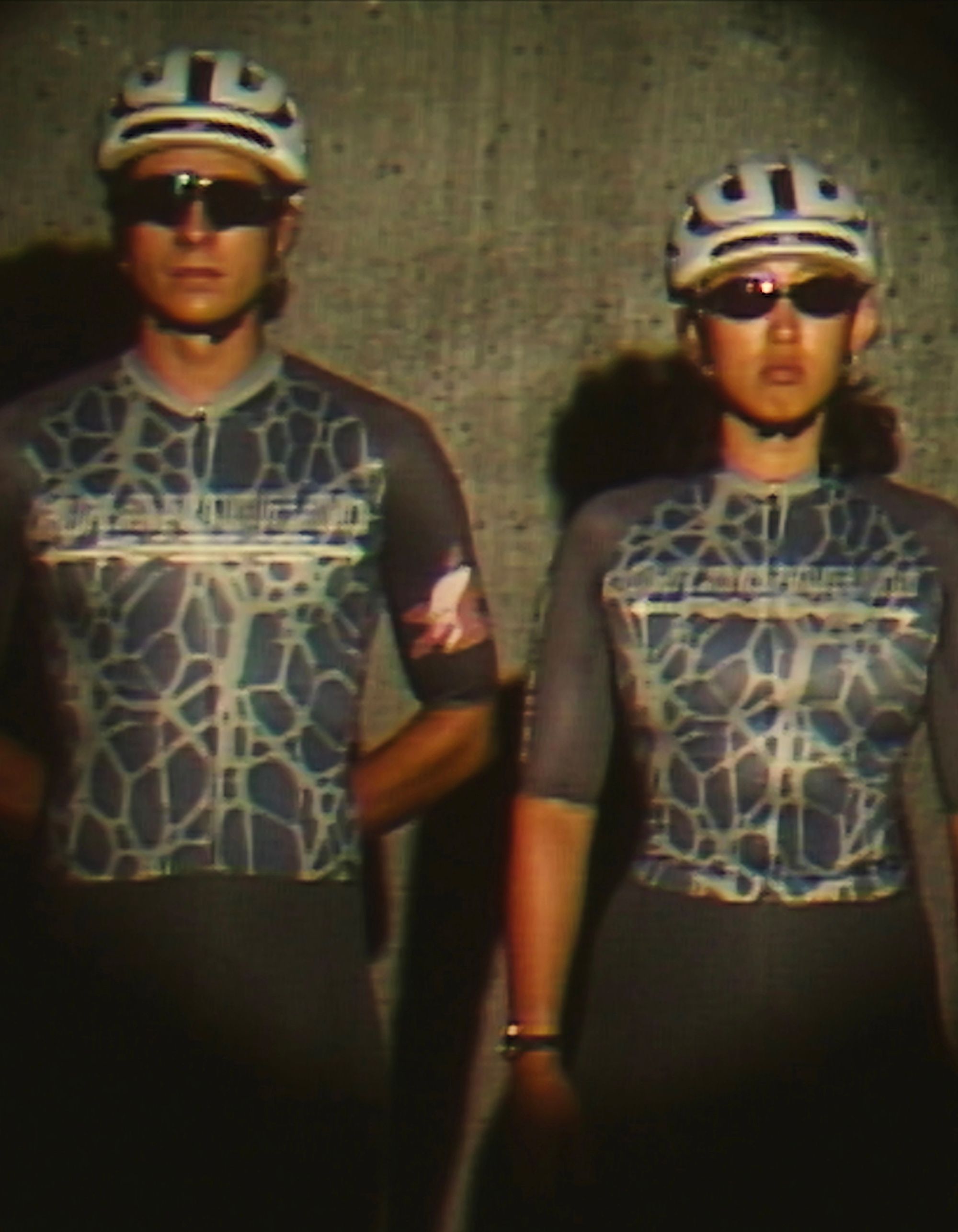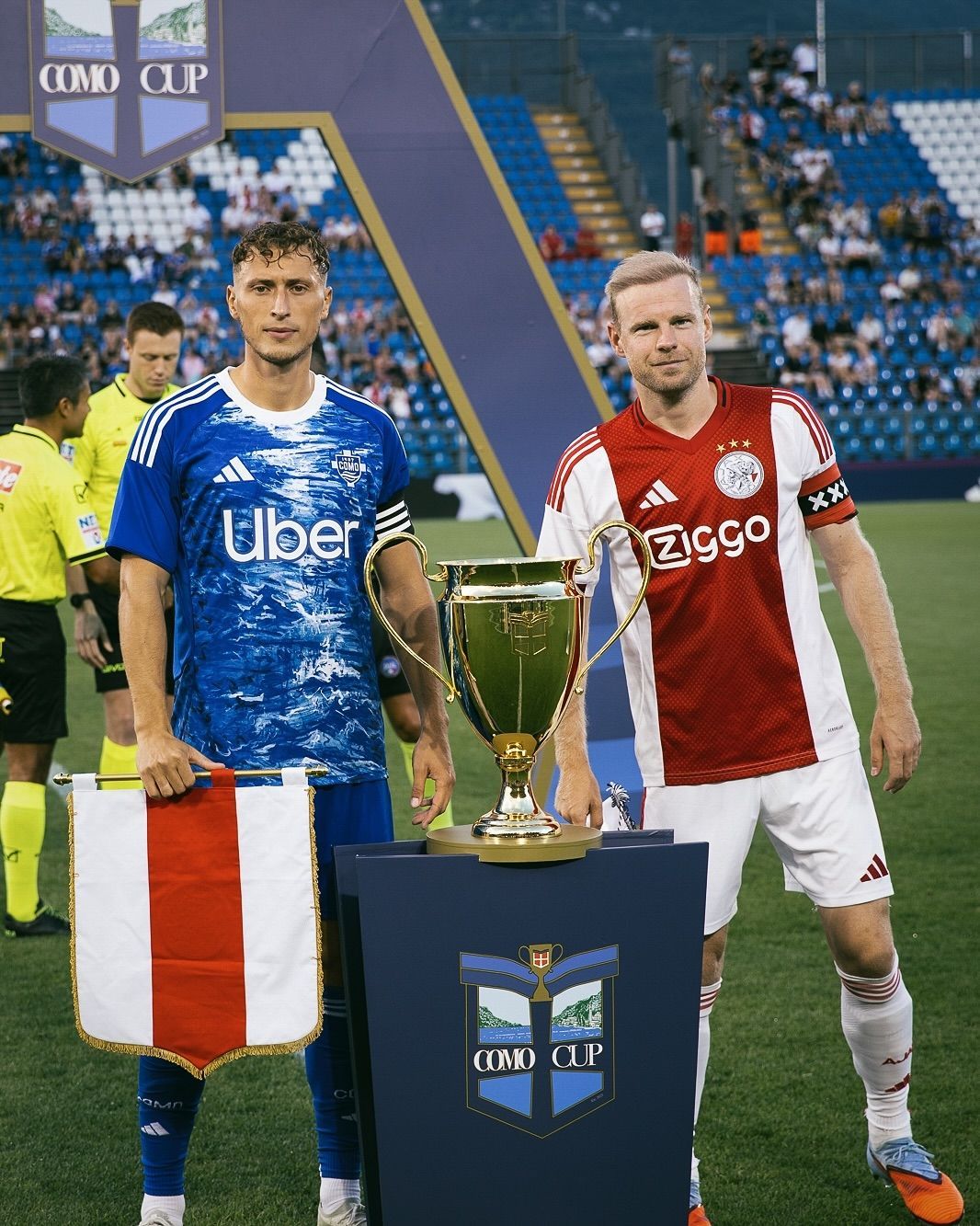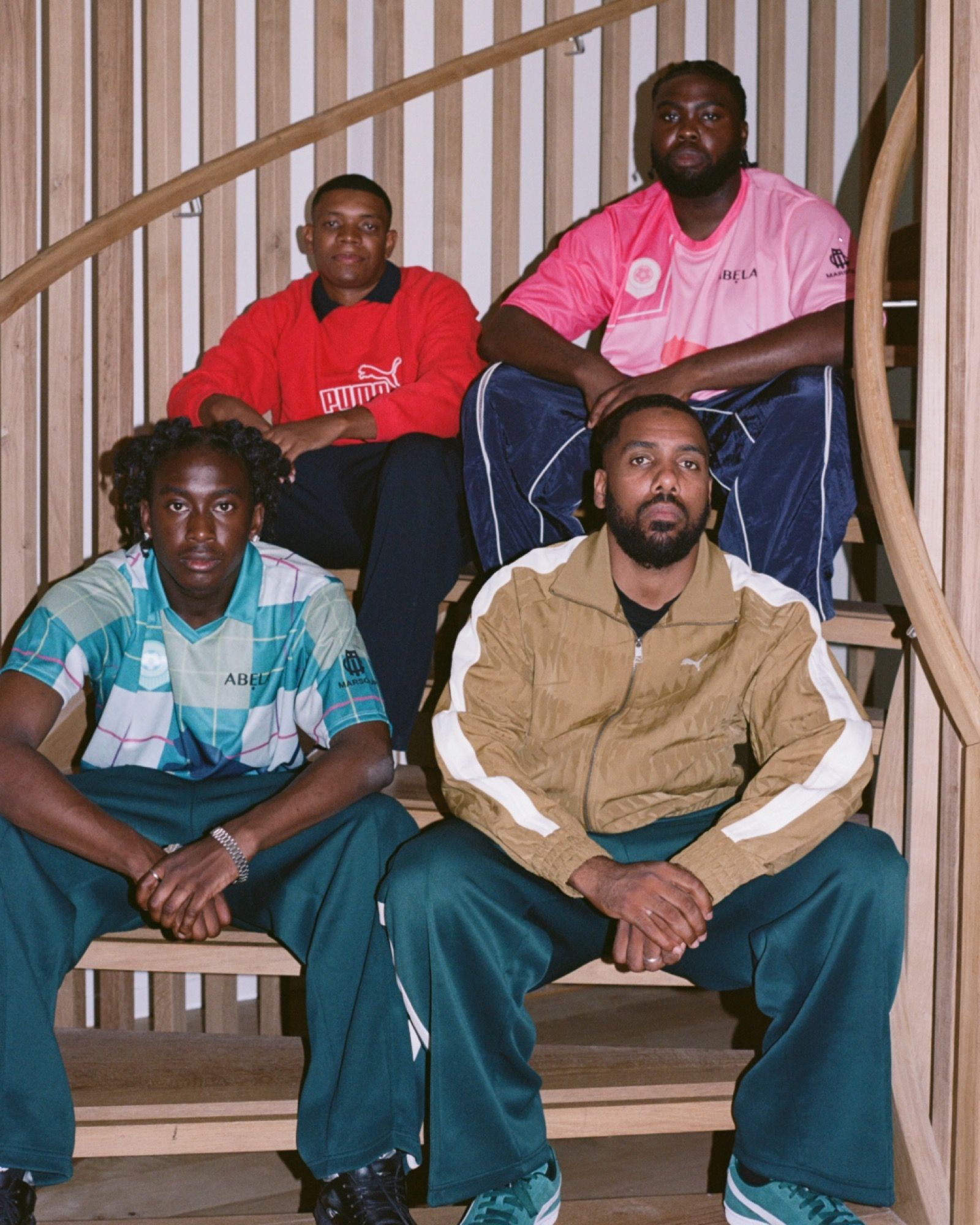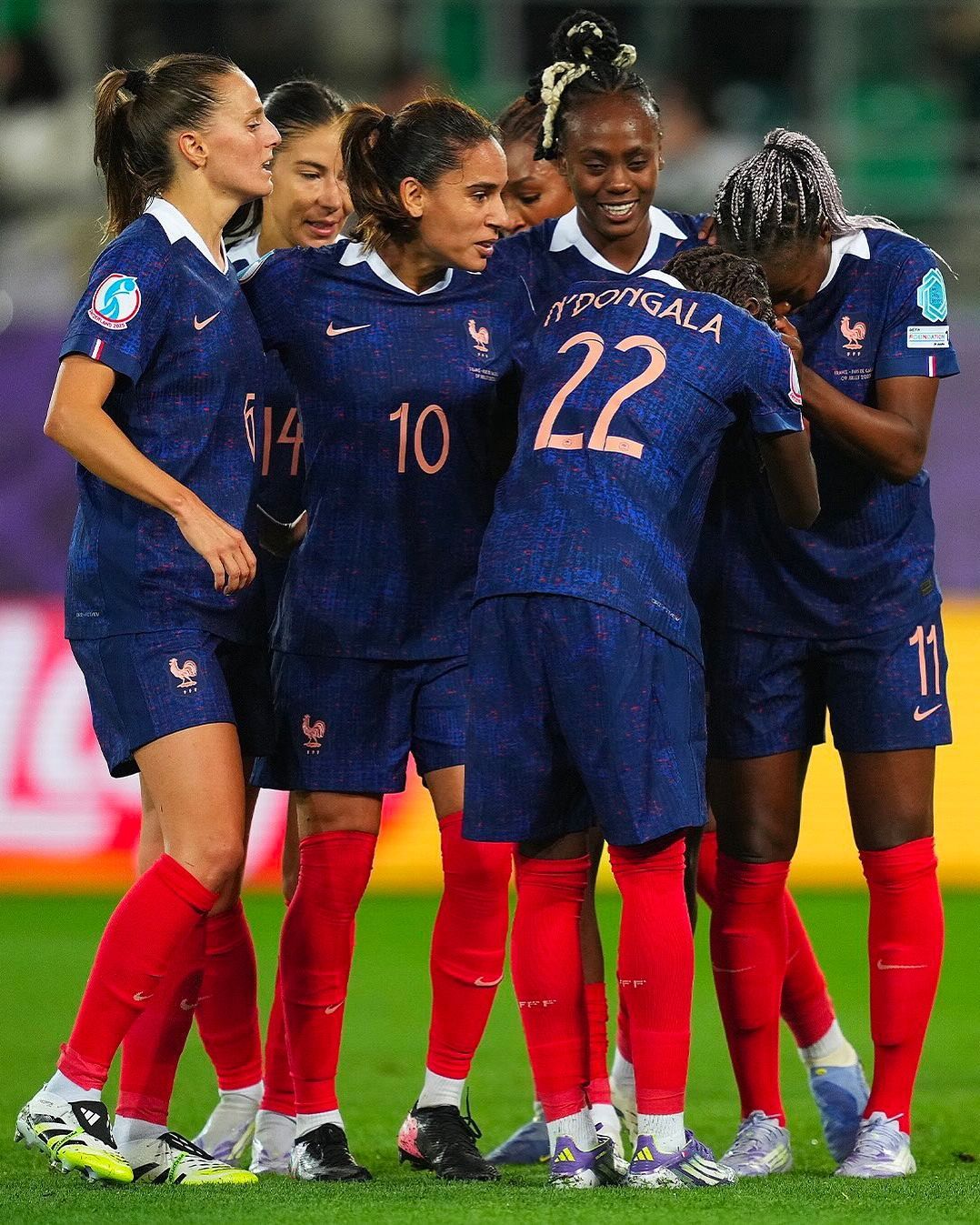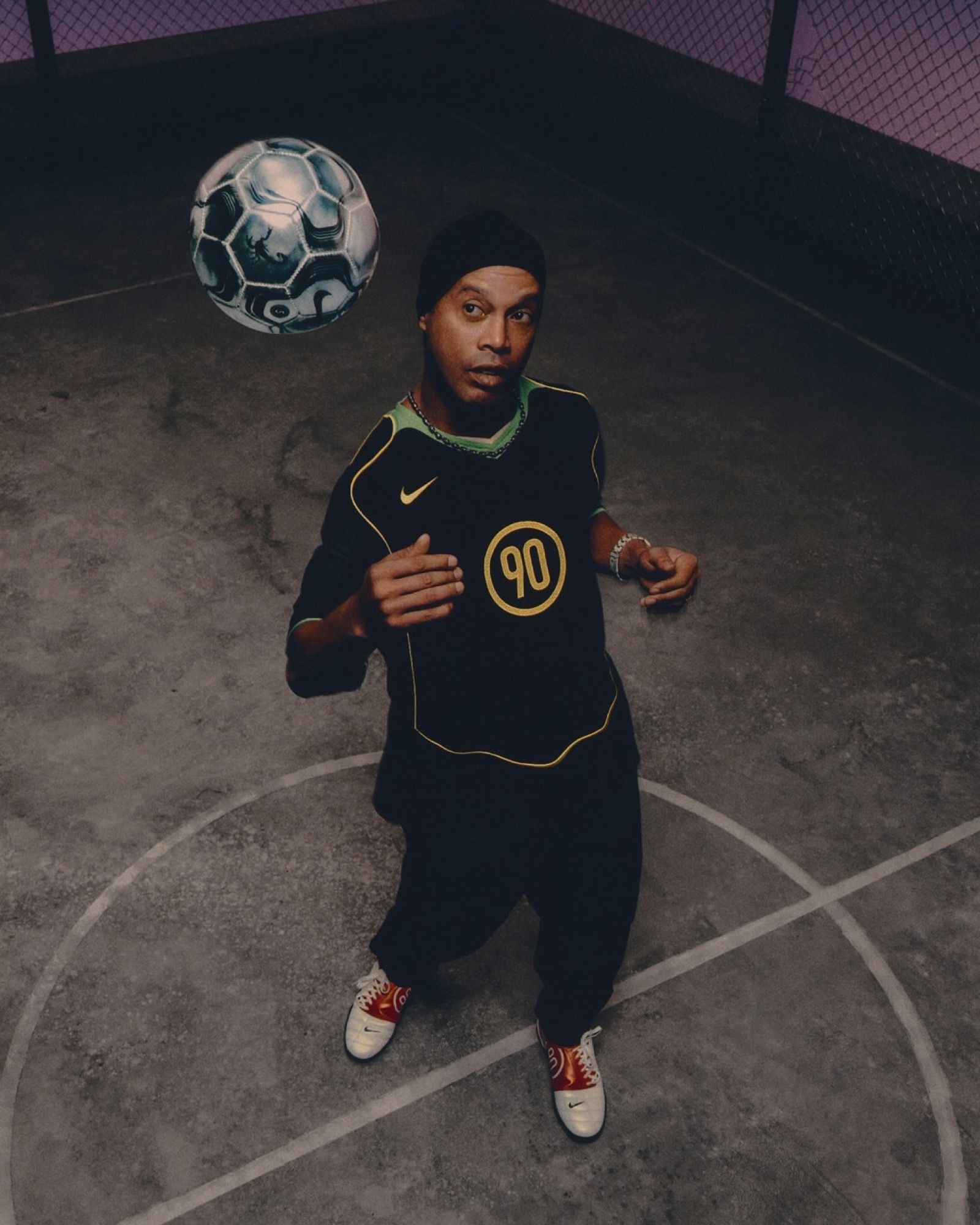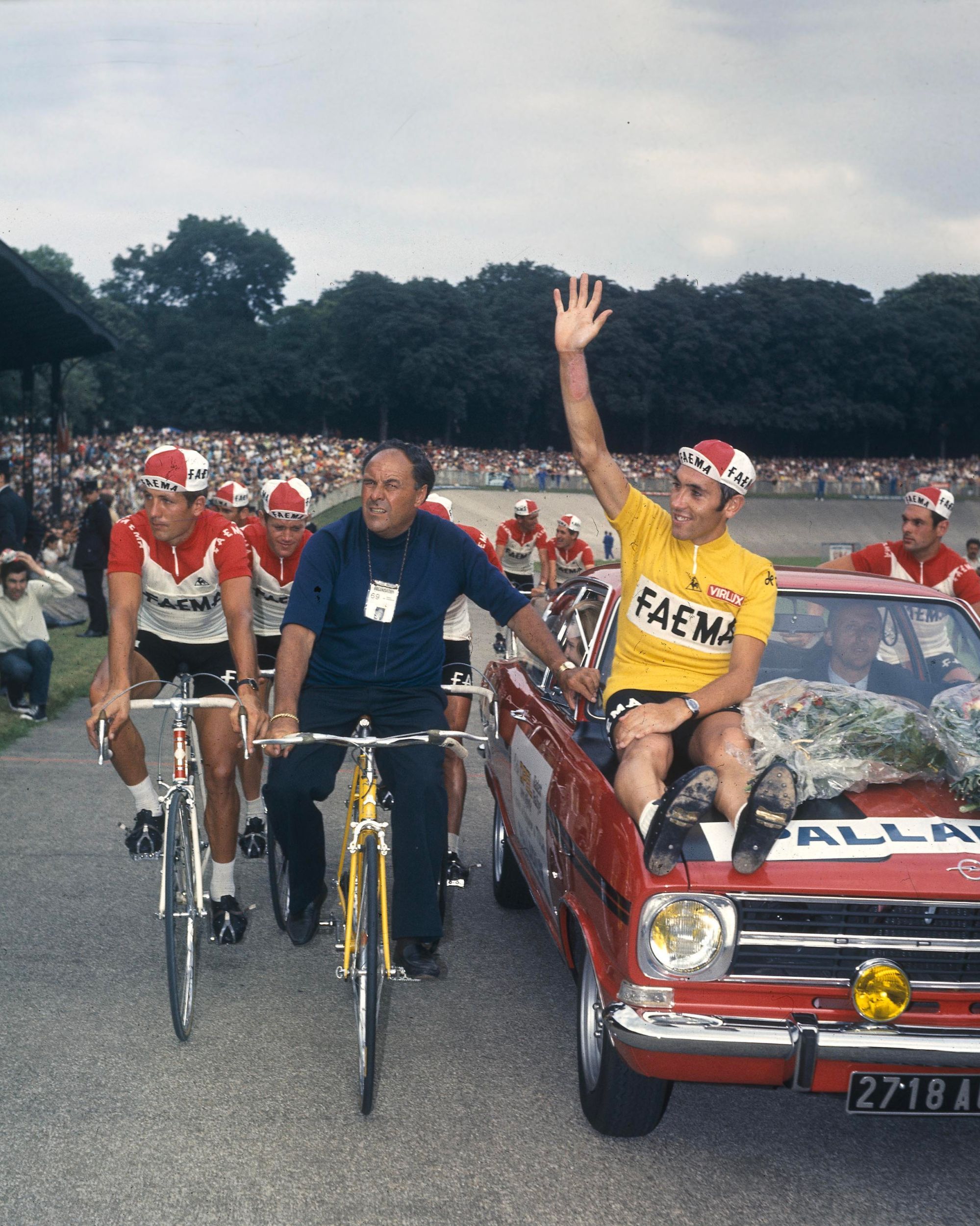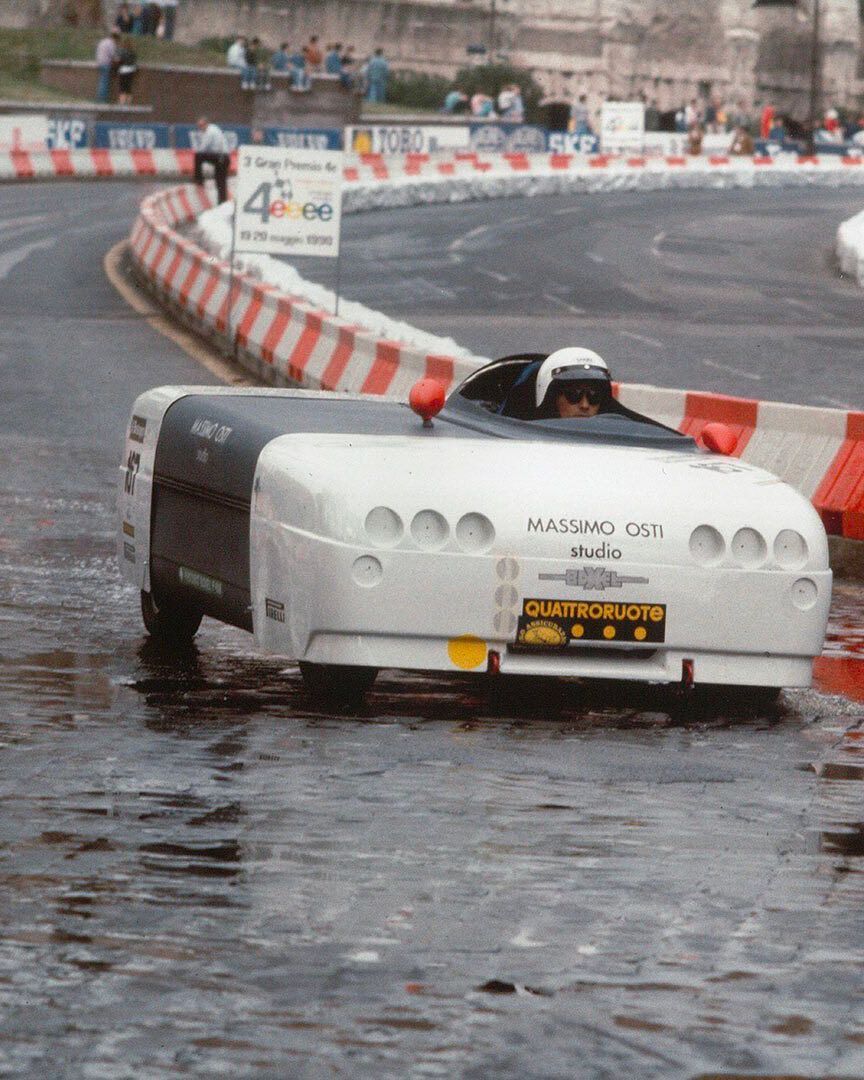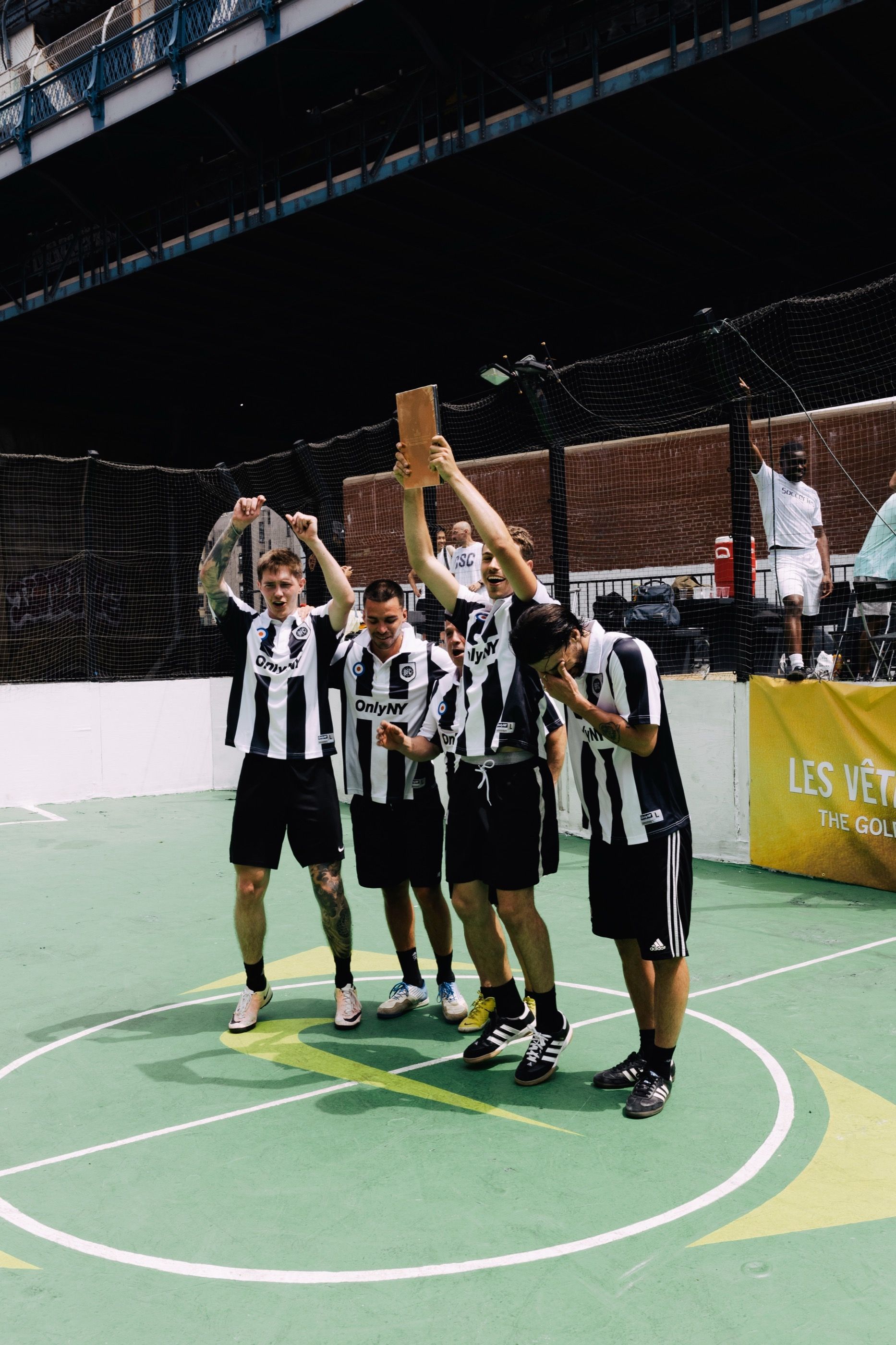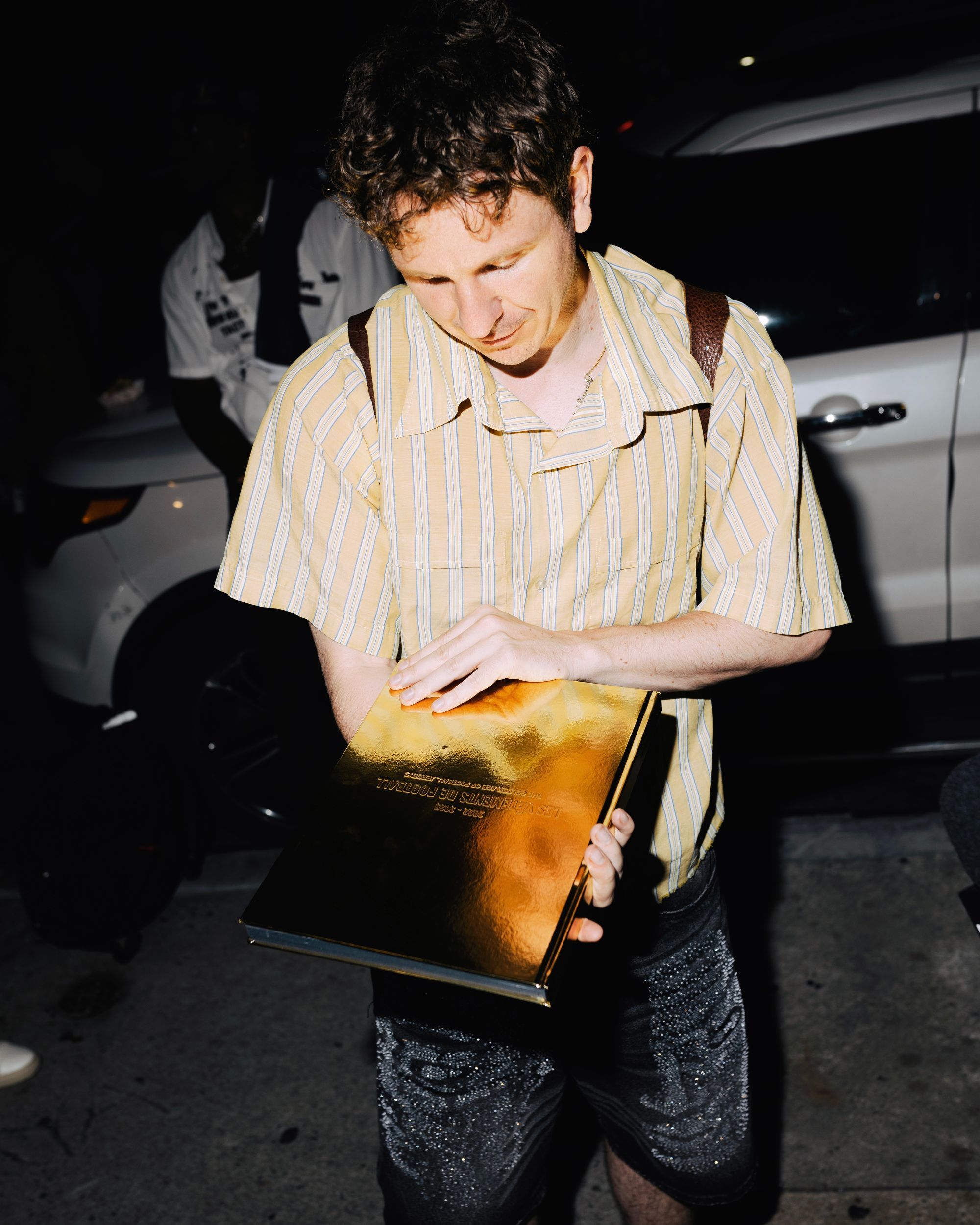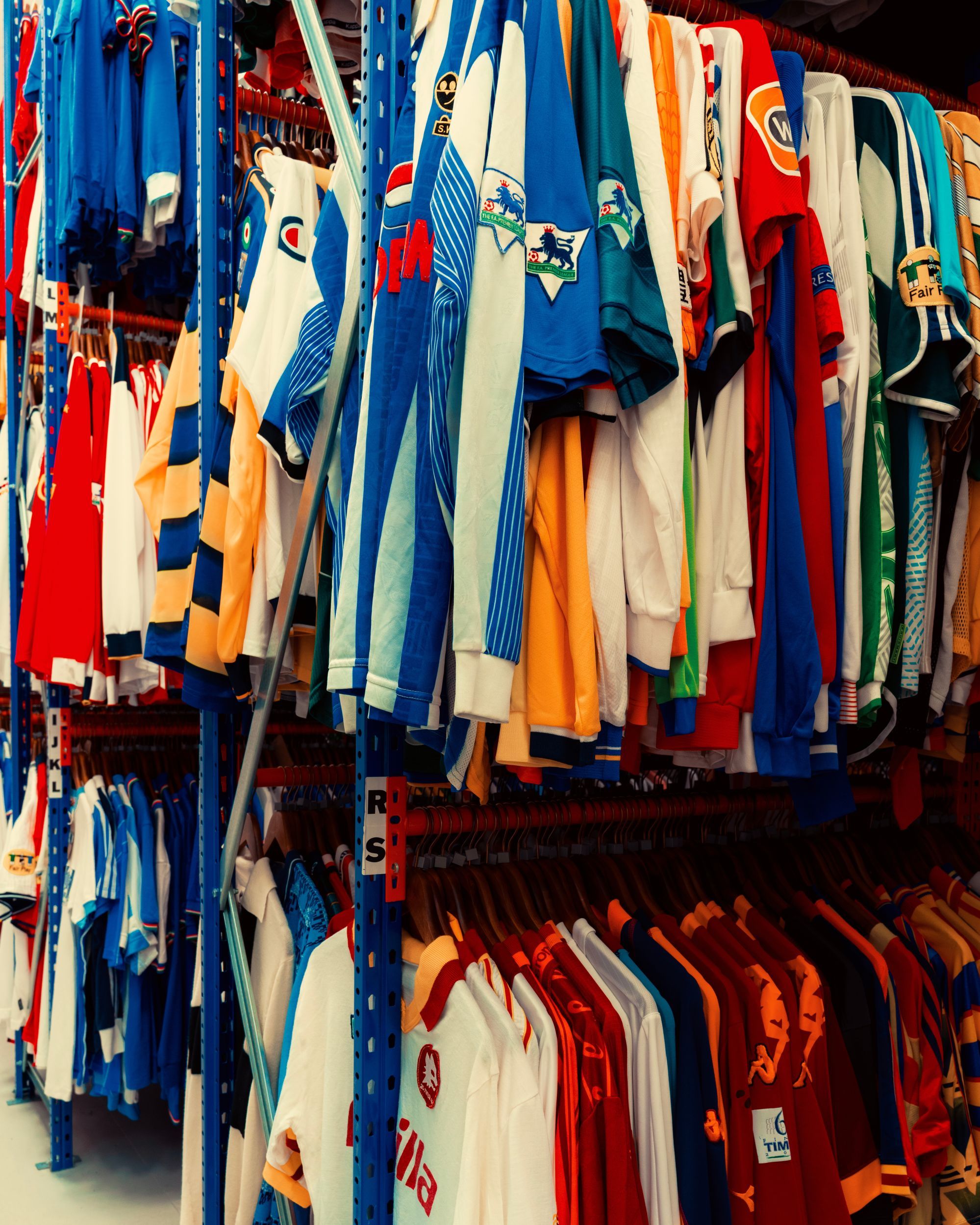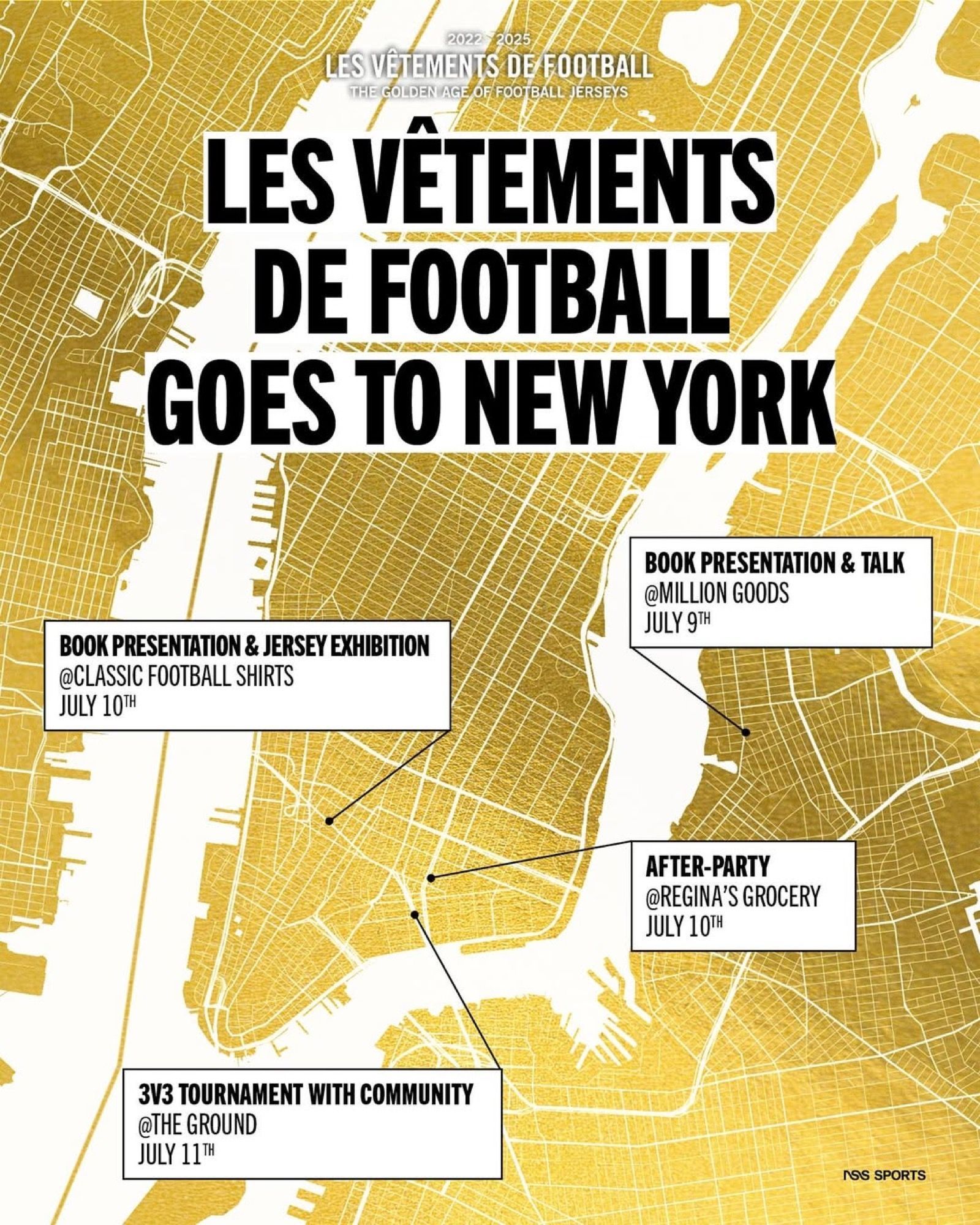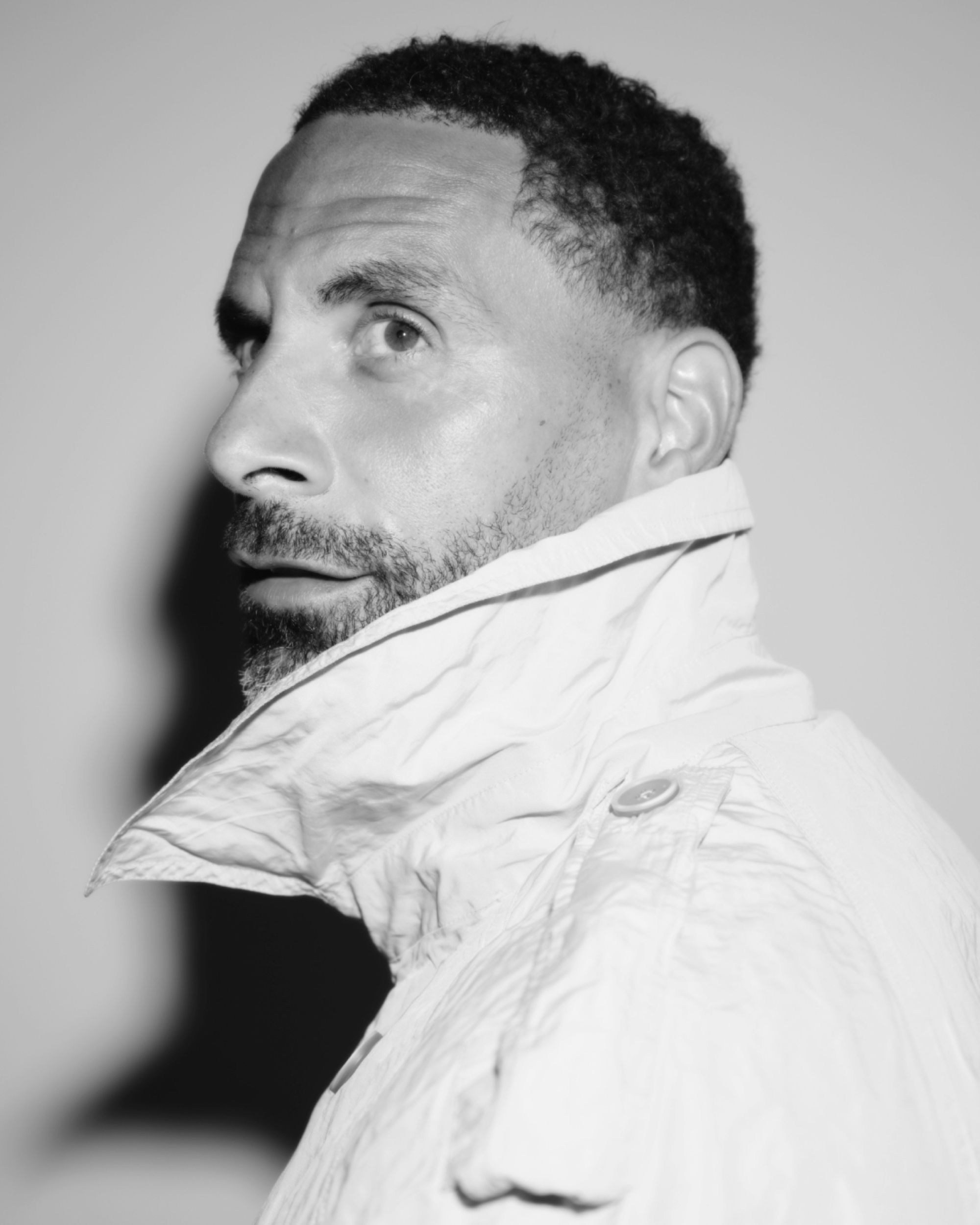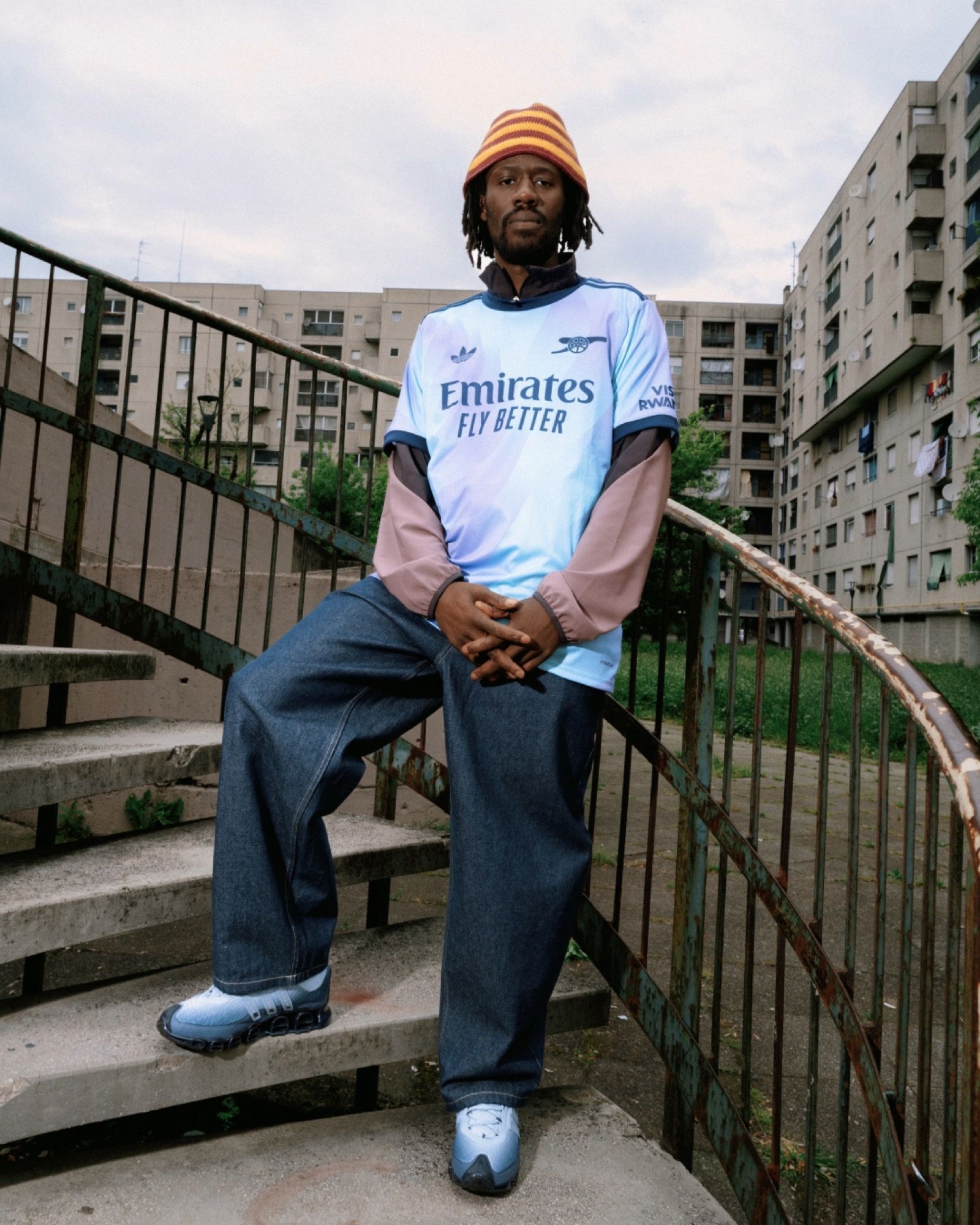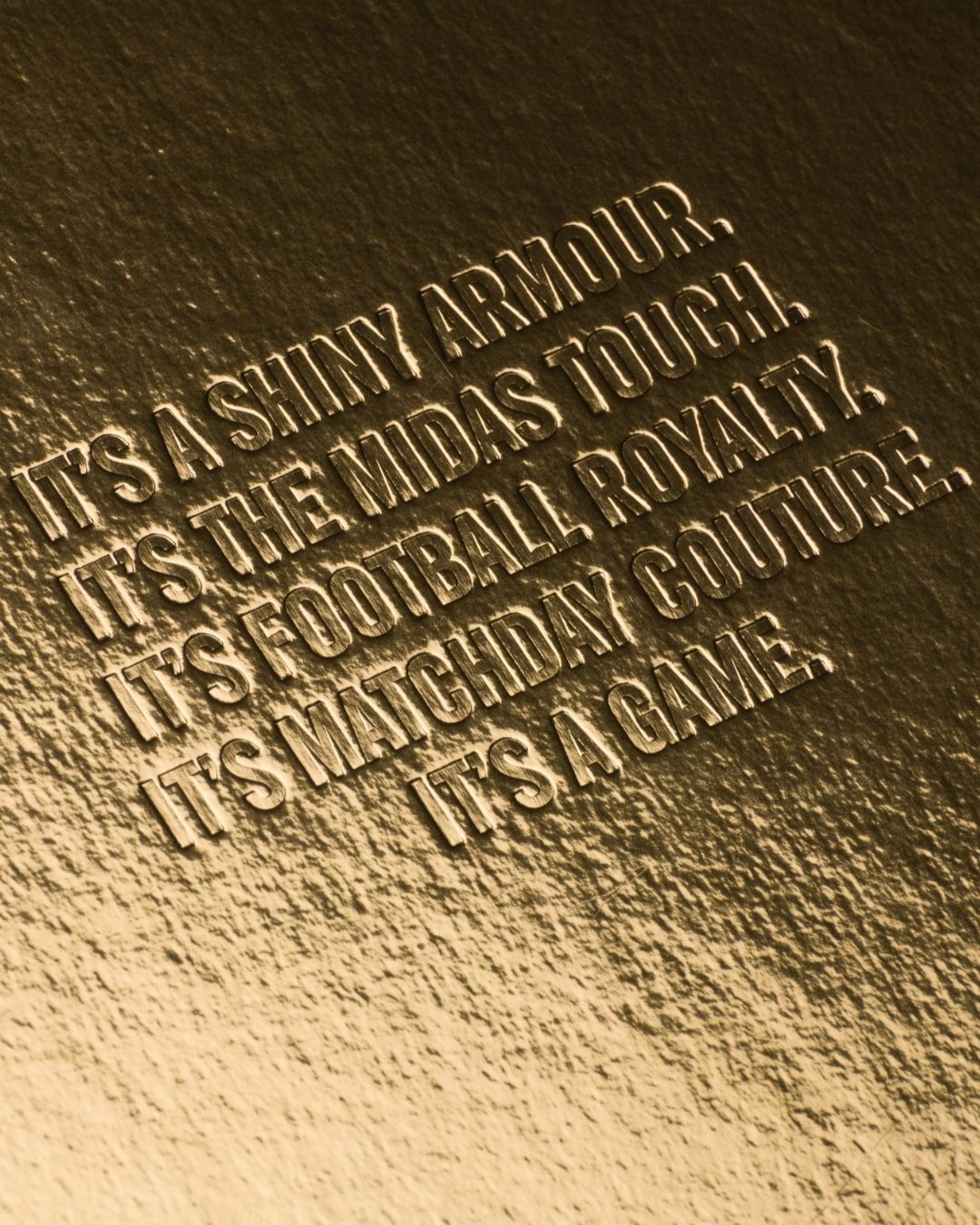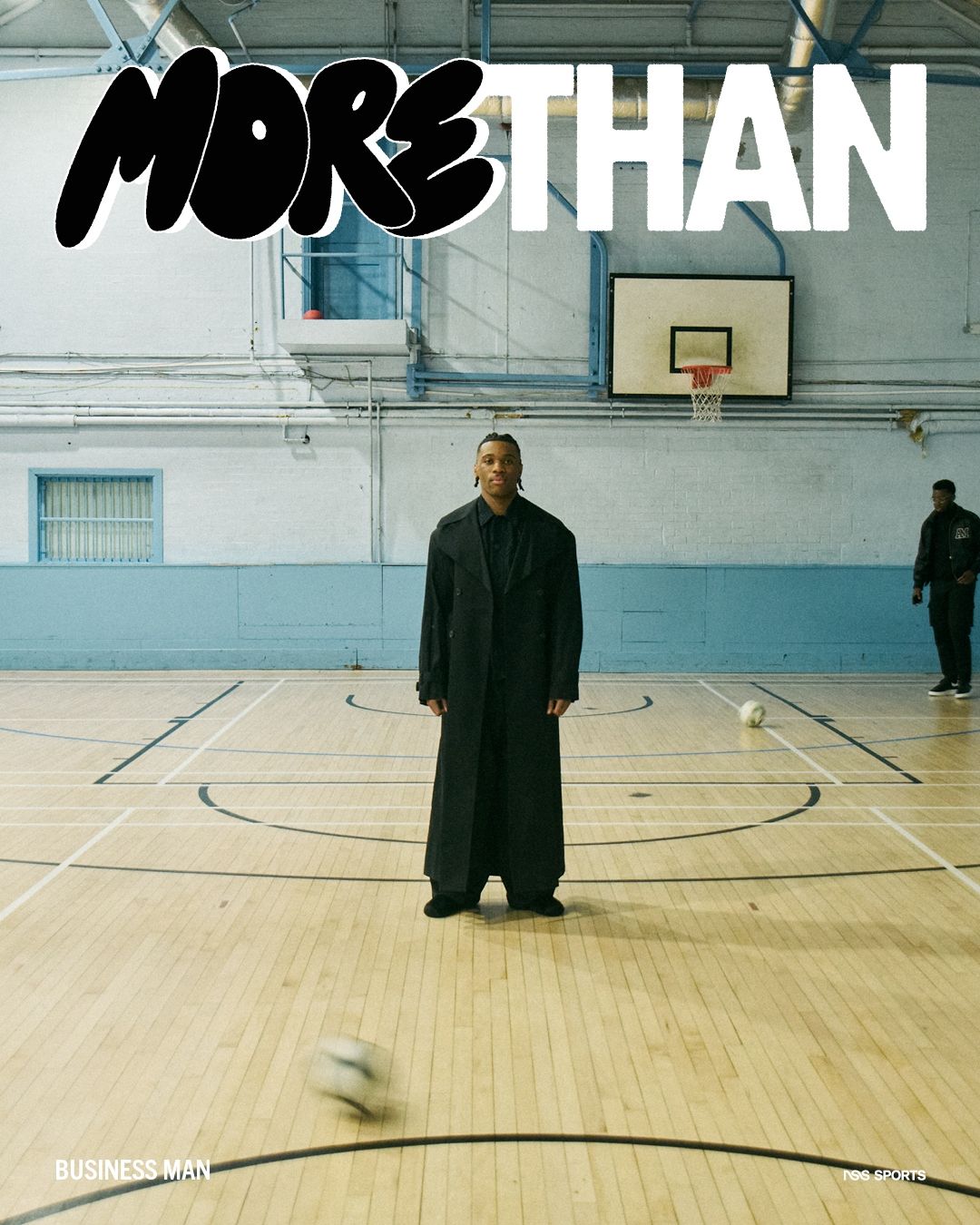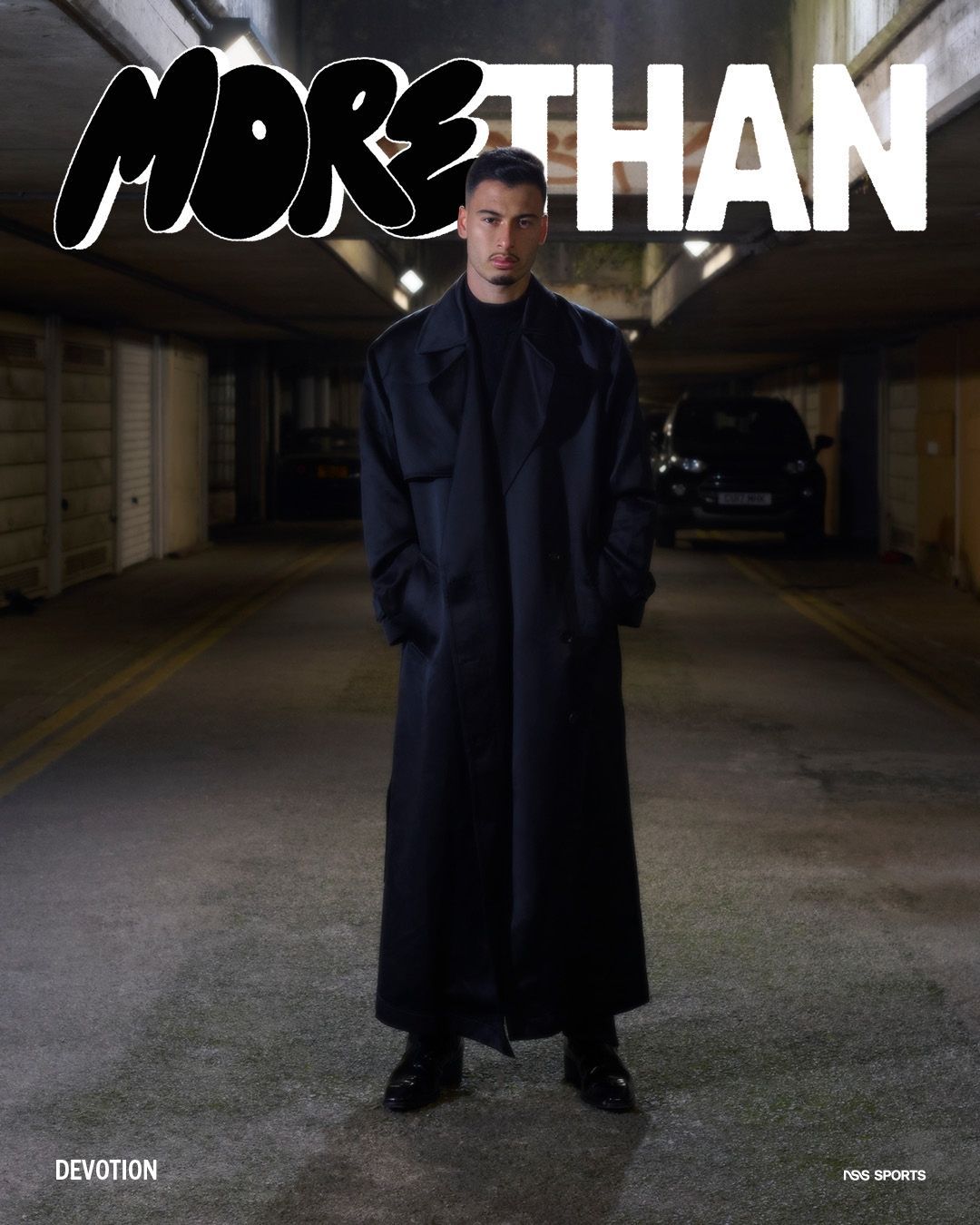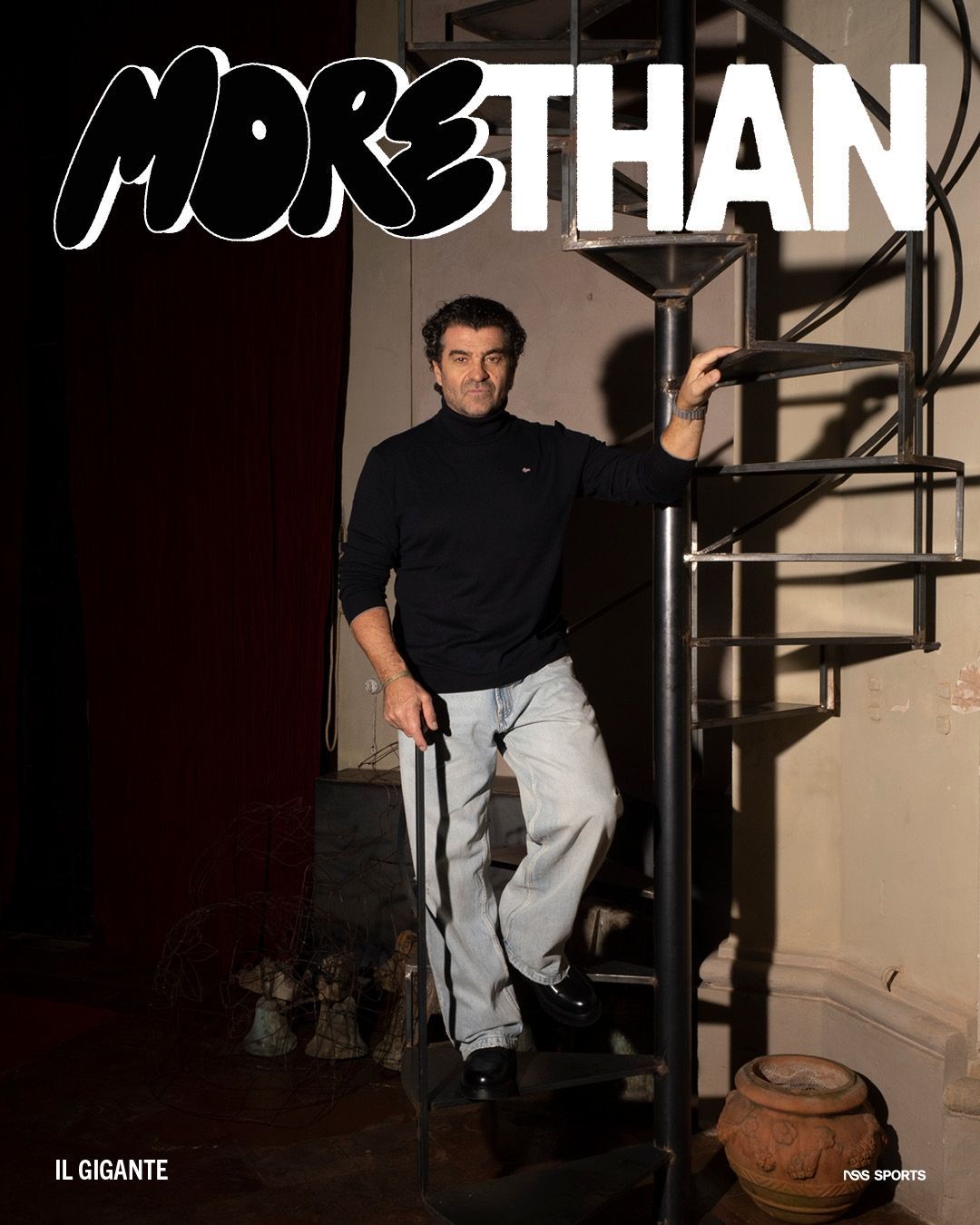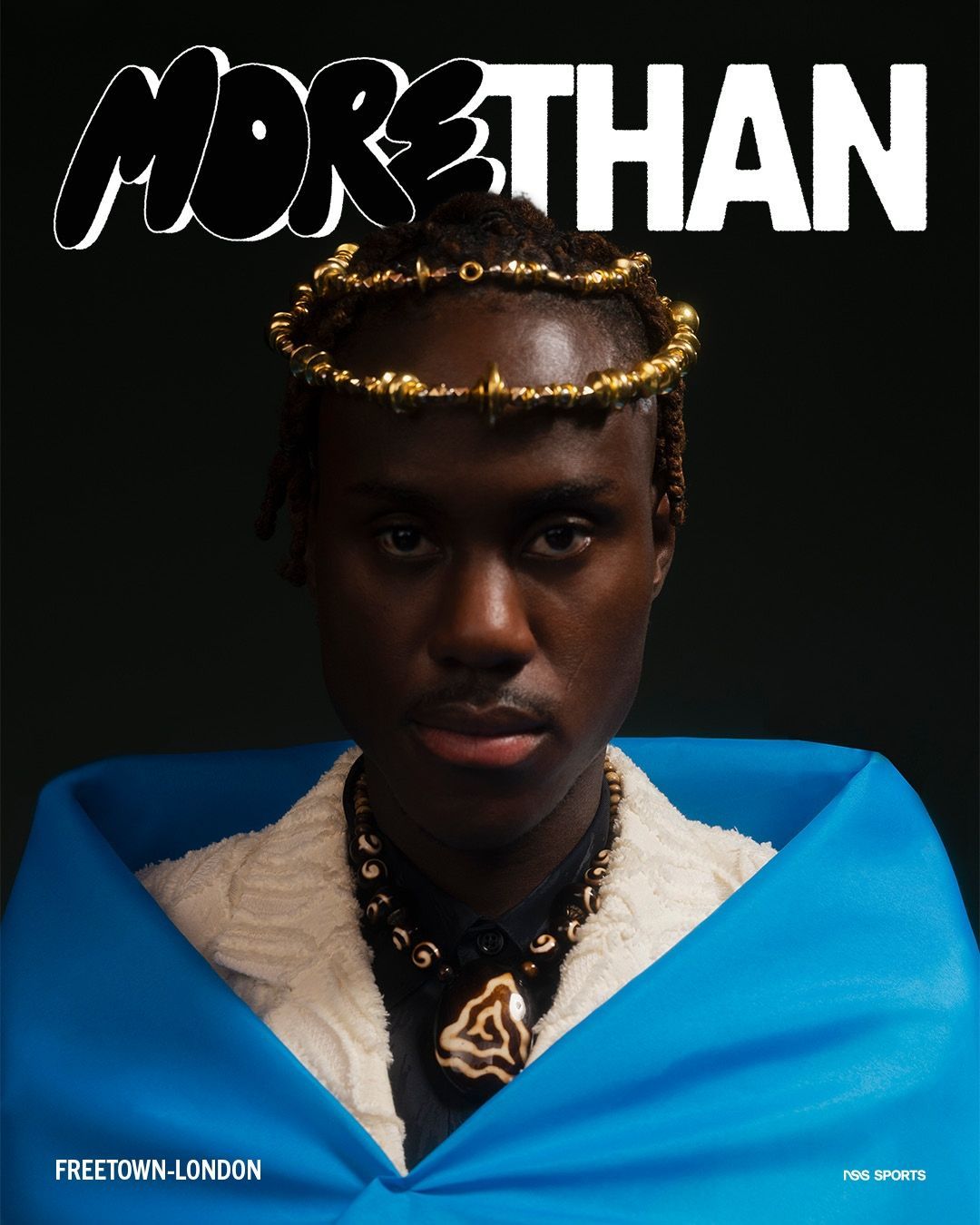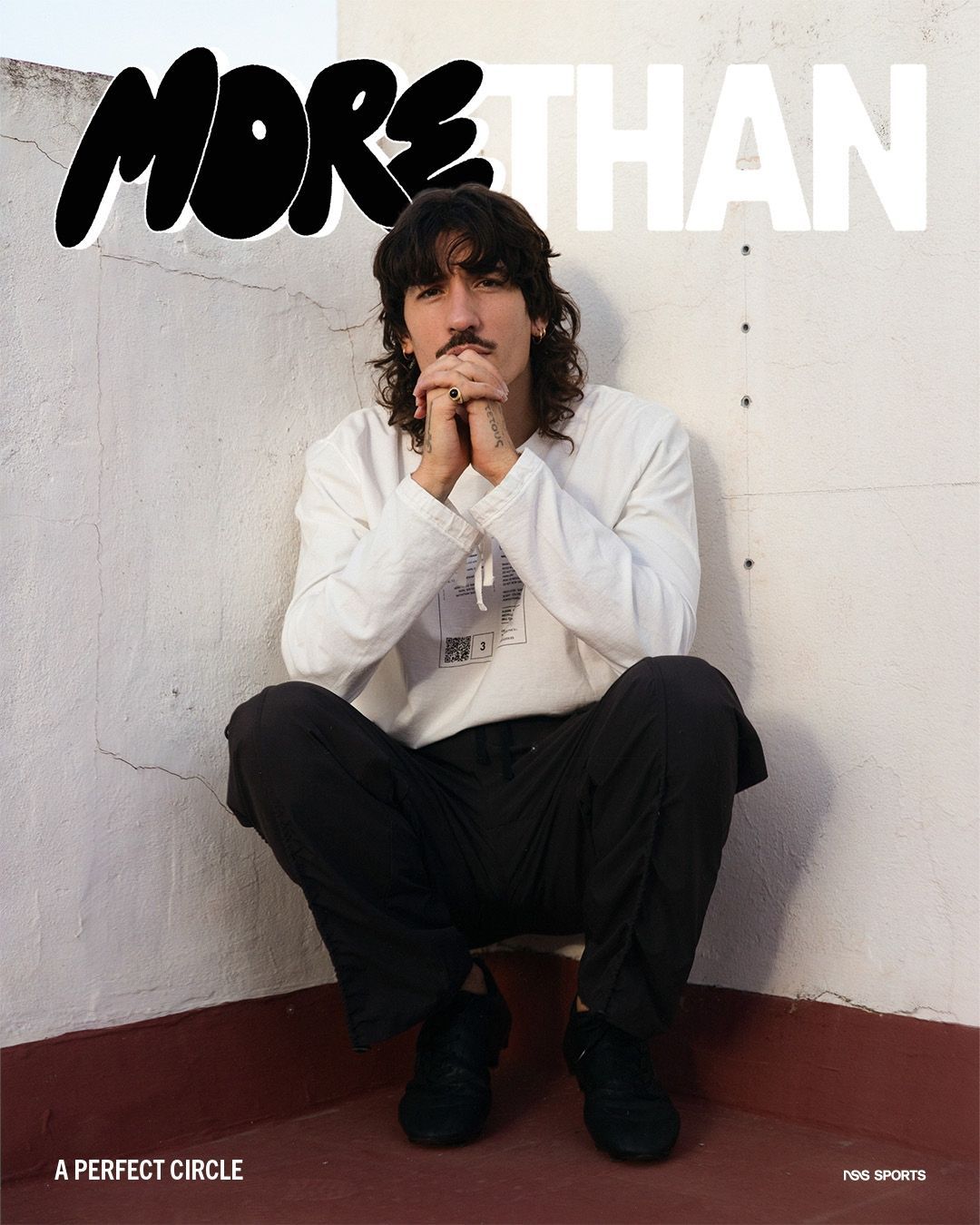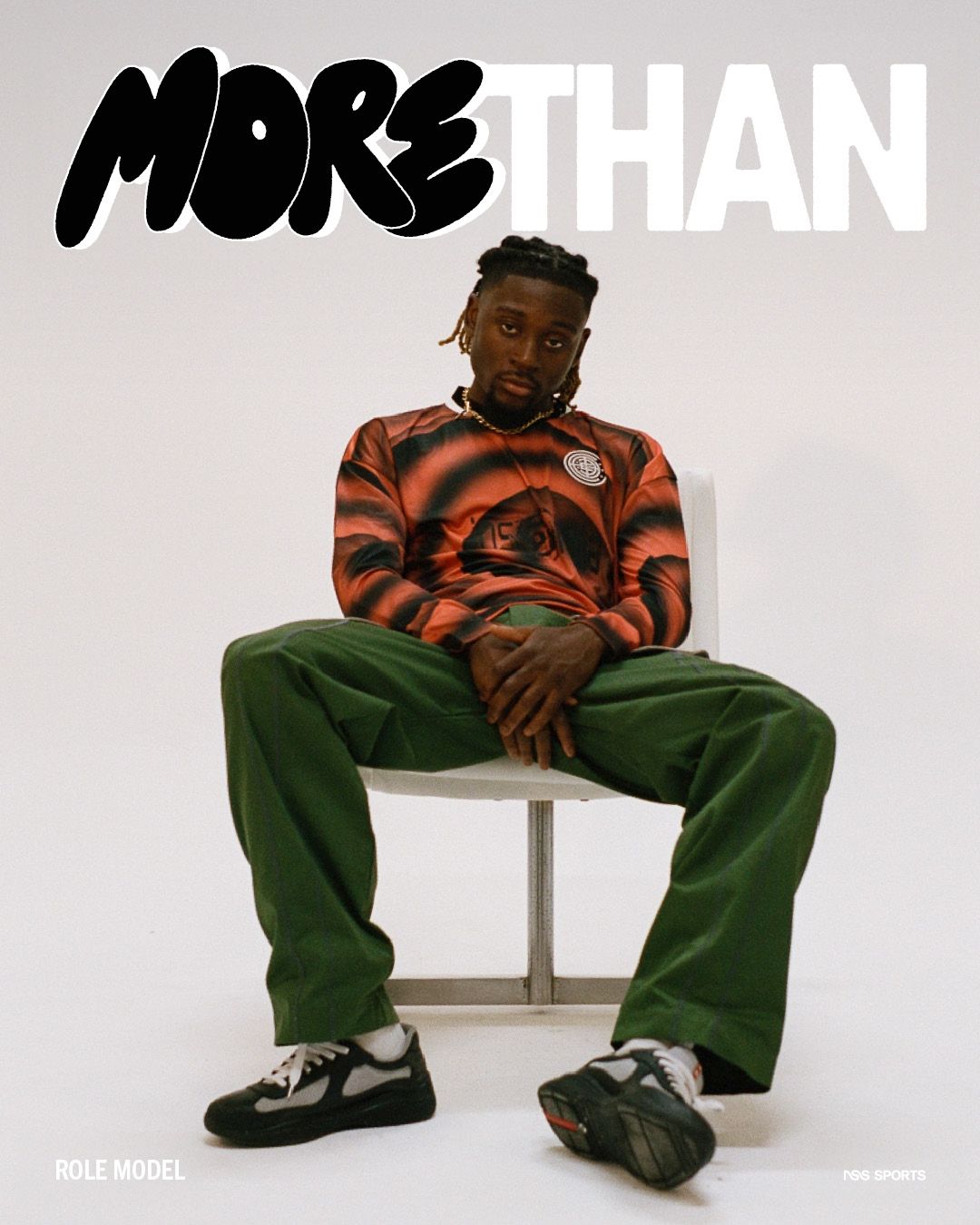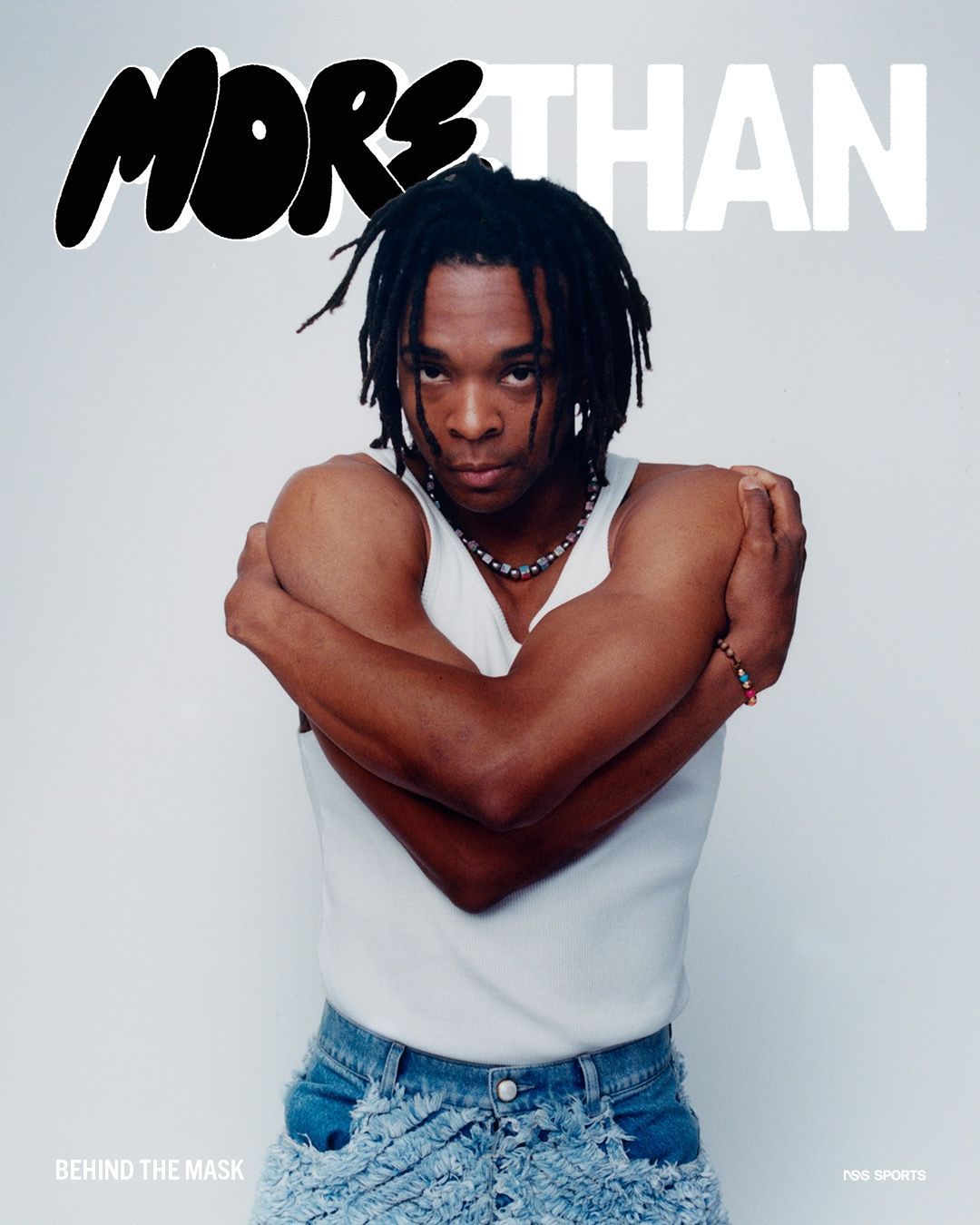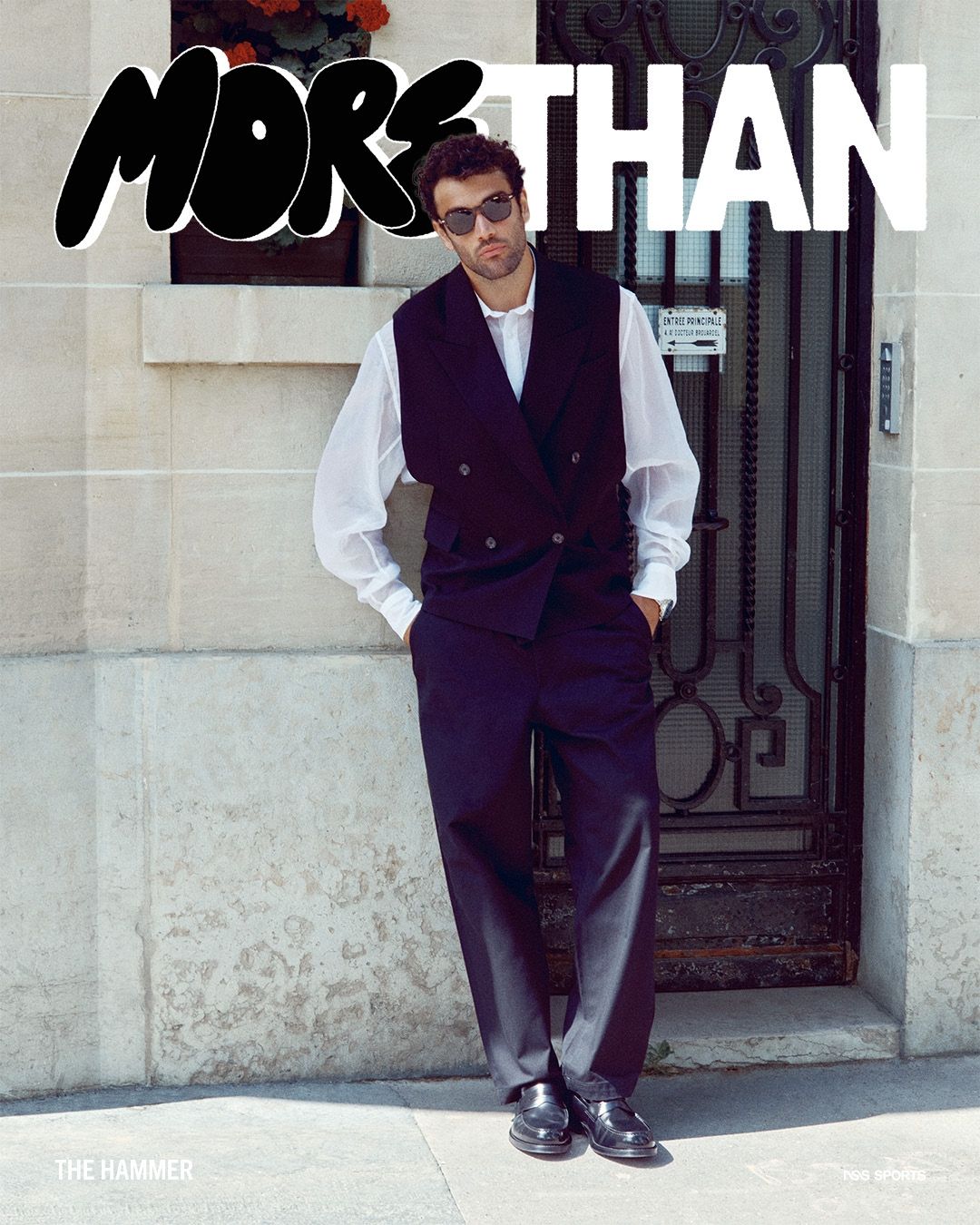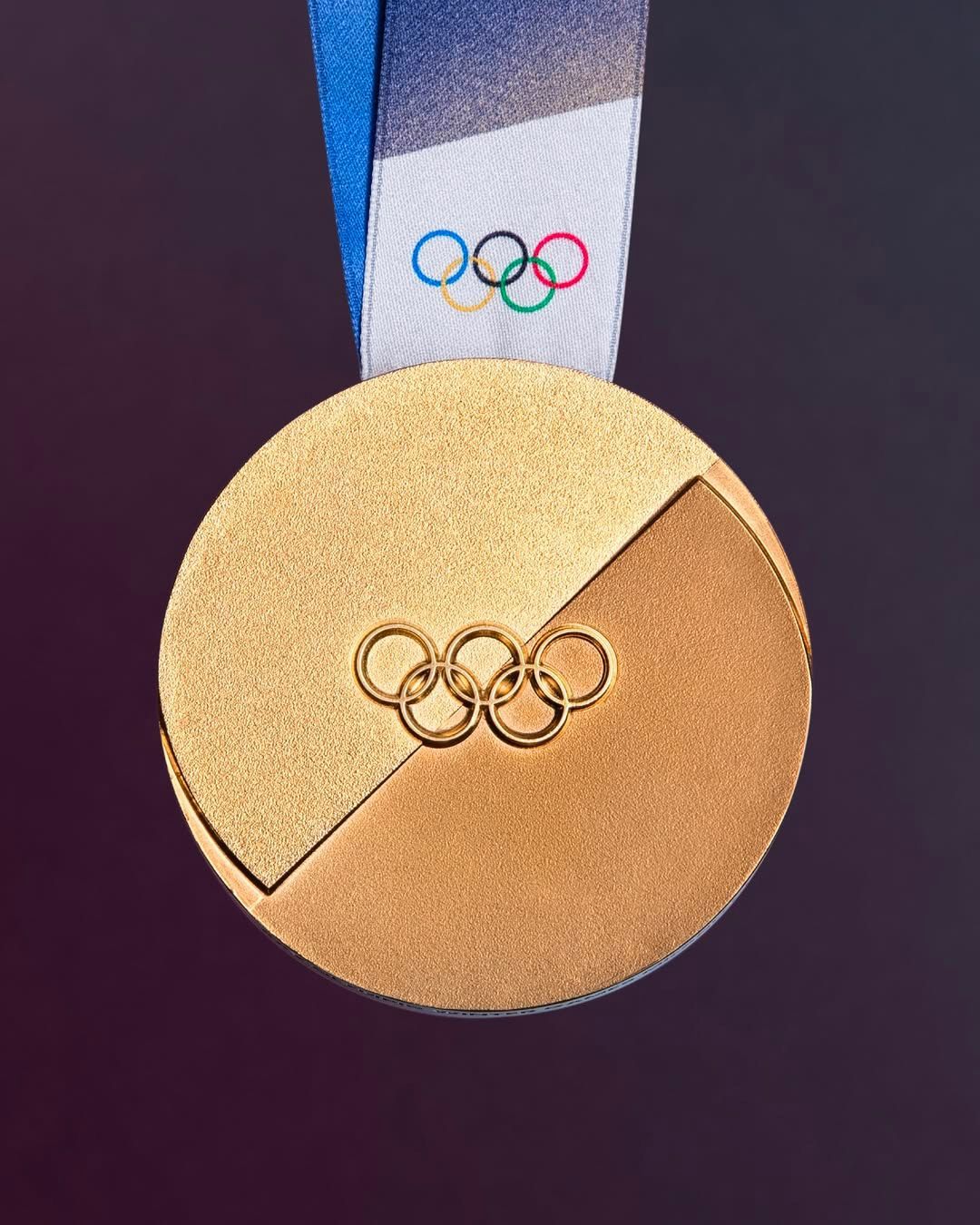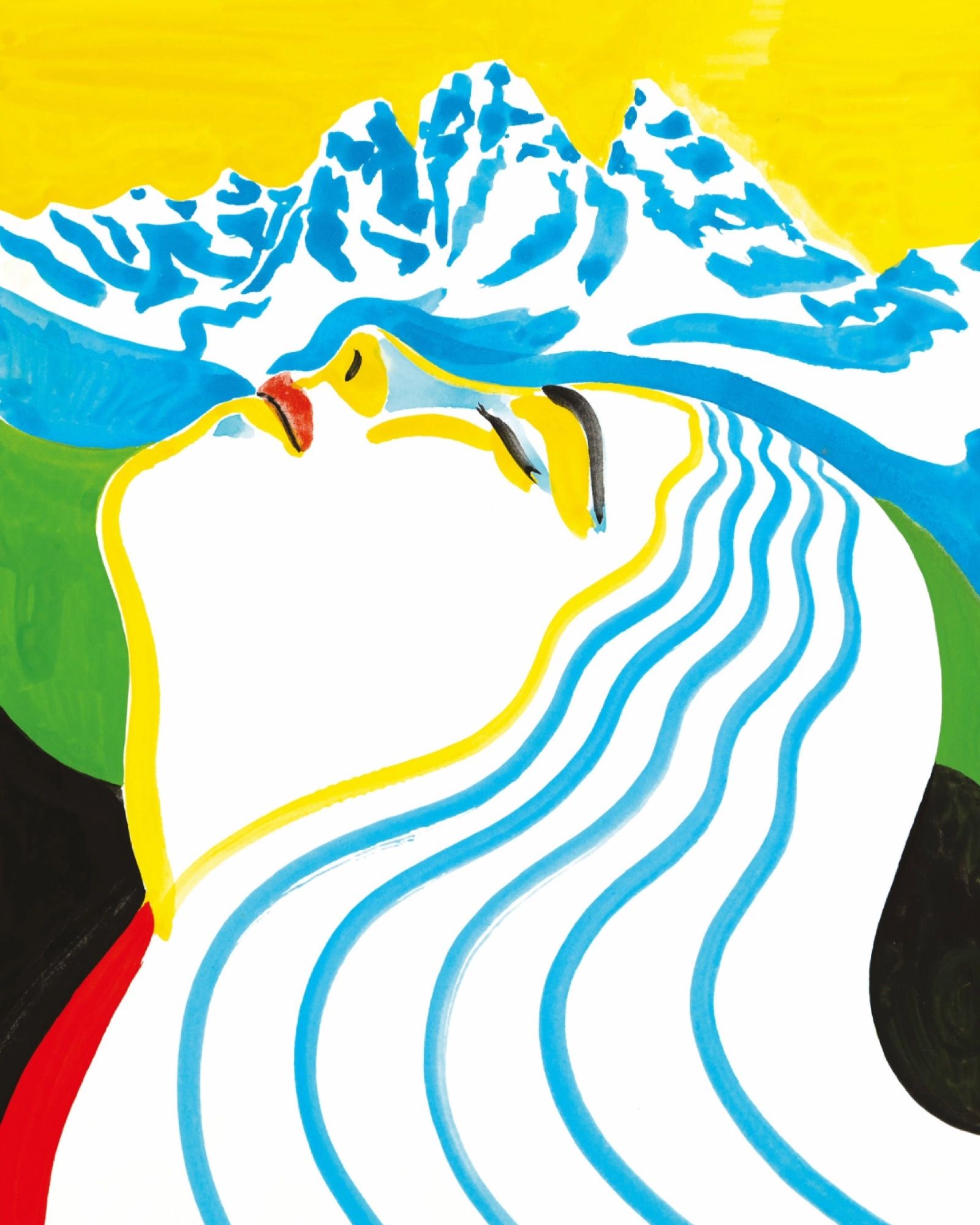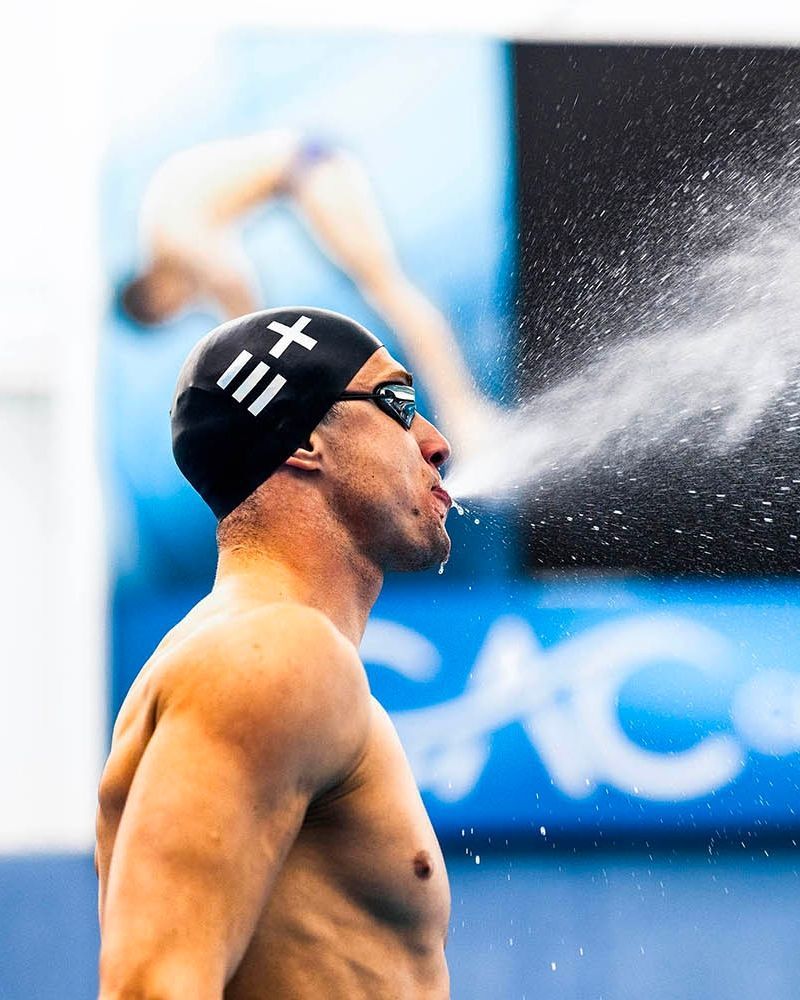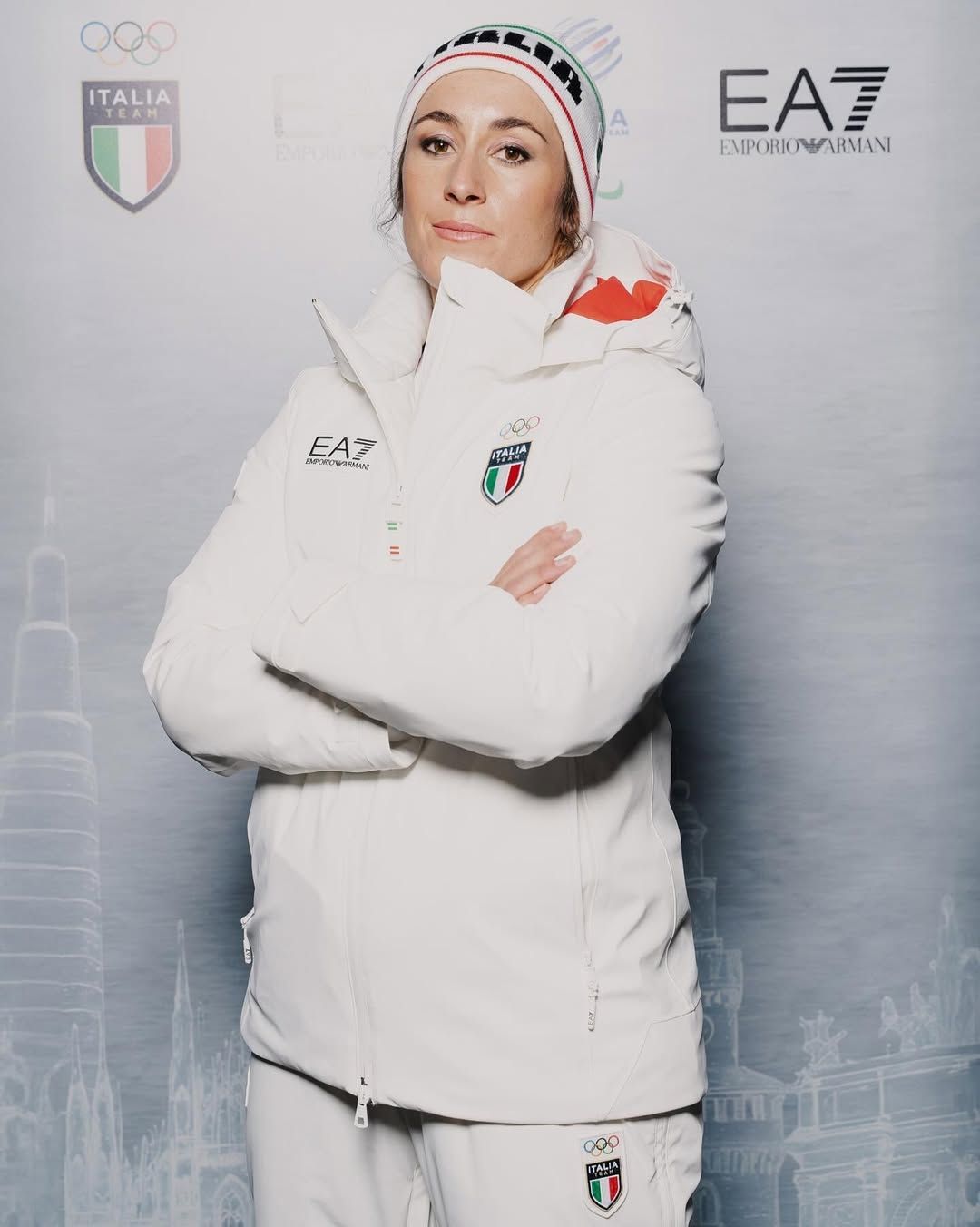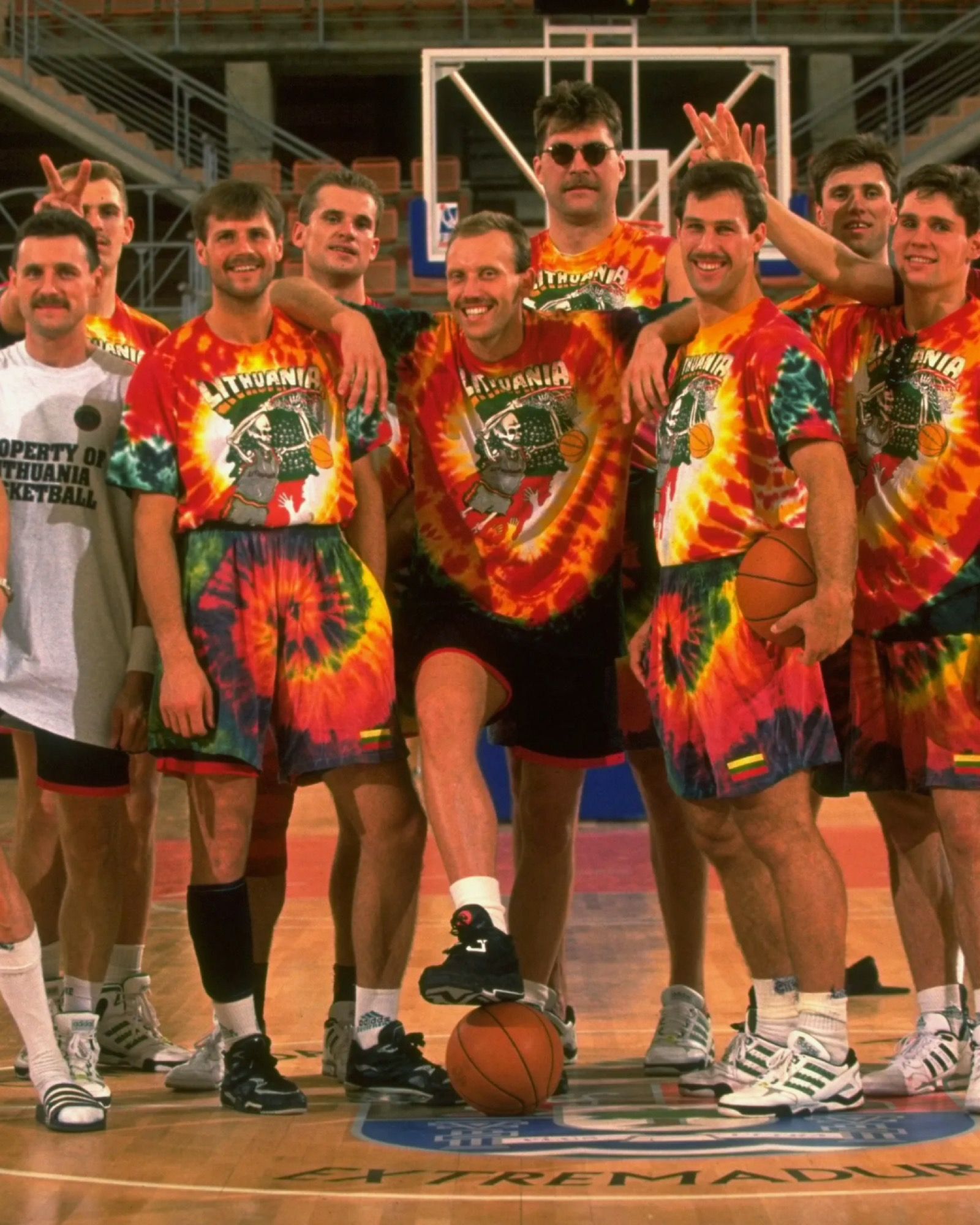
The tie-dye t-shirt of Lithuania for the 1992 Olympics A garment that has become a symbol of belonging
Bill Walton, The Grateful Dead, and the dissolution of the Soviet Union. These are the ingredients behind the creative process that led to the creation of one of the most iconic t-shirts in Olympic history. The Olympics in question were held in Barcelona in 1992, and the country involved is Lithuania, specifically its basketball team. That tournament is remembered for the presence of the Dream Team, the U.S. team that brought the best NBA players to the Olympics for the first time. Naturally, the United States won the gold medal, and if you’ve seen The Last Dance, the Netflix biopic about the Chicago Bulls and Michael Jordan, you might recall that one of the most controversial moments of the medal ceremony involved MJ himself, who, to avoid being photographed with a jacket from a sponsor other than his own, wrapped himself in an American flag to cover the Reebok logo. However, that medal ceremony is also remembered for Lithuania’s decision to receive their bronze medal while wearing a tie-dye shirt in the colors of the Lithuanian flag, featuring a skeleton dunking a basketball in the center. This was not a protest; it was a gesture of gratitude toward The Grateful Dead, the California band that helped Lithuania raise the funds necessary to participate in the Olympics just two years after declaring independence from the Soviet Union.
This episode is part of a historical connection between basketball and The Grateful Dead, brought to the forefront by Bill Walton. An NBA champion with the Portland Trail Blazers and Boston Celtics, a two-time NCAA champion with UCLA, and a Hall of Famer since 1993, Walton was a different character from any other basketball player or American athlete in general, the main representative of the American counterculture: a hippie, to put it simply. In his autobiography, Walton confessed to attending at least 800 concerts by The Grateful Dead, the leading band of the Summer of Love and the entire psychedelic rock movement of the 1960s and 1970s. Regardless of the number of concerts he attended, Walton cultivated a friendship with all the band members over the decades, and their relationship was so strong that on June 1, during a concert at the Sphere in Las Vegas, The Grateful Dead honored Walton just days after his death by playing Fire on the Mountain while images of Walton were projected behind them.
Among his many extracurricular activities, Walton also participated in the making of The Other Dream Team, a documentary about the Lithuanian basketball team that participated in the 1992 Olympics, which premiered at the 2012 Sundance Film Festival. The film recounts, among other things, the genesis of the bond between Lithuania and The Grateful Dead that led to the creation of the Dunking Skeleton. Legend has it that a member of the band's crew read an article written by Golden State Warriors beat writer George Shirk about the campaign led by Sarunas Marciulionis to raise funds for the Lithuanian basketball team to participate in the Olympic tournament. So, at a concert by The Grateful Dead in Detroit, Marciulionis met the band. From this first meeting came a donation from the band through their charity foundation, The Rex Foundation, a $5,000 check to the Lithuanian national team. The decision to create a t-shirt also came later, following the media coverage generated by this donation.
And this is where Greg Speirs comes into play, the man who physically created the t-shirt. The starting point was the decision to develop a tie-dye garment, a traditional pattern of hippie culture. This choice perfectly matched the colors of the Lithuanian flag: yellow, green, and red. Layers of colors were overlapped and mixed to create a psychedelic effect on which the figure of a skeleton, the symbol of The Grateful Dead, appears, attempting to dunk a basketball through the hoop. «It’s like a phoenix rising from the ashes, a victory over Communism,» Speirs would later explain, trying to convey the iconography of that shirt. The success was extraordinary. Not only did they receive 50,000 orders for the shirt in the first week alone, but it remains a must-have item today, a relic that has transcended the boundaries of sport to become a fashion piece and a symbol of belonging for both the Lithuanian people and fans of The Grateful Dead.

